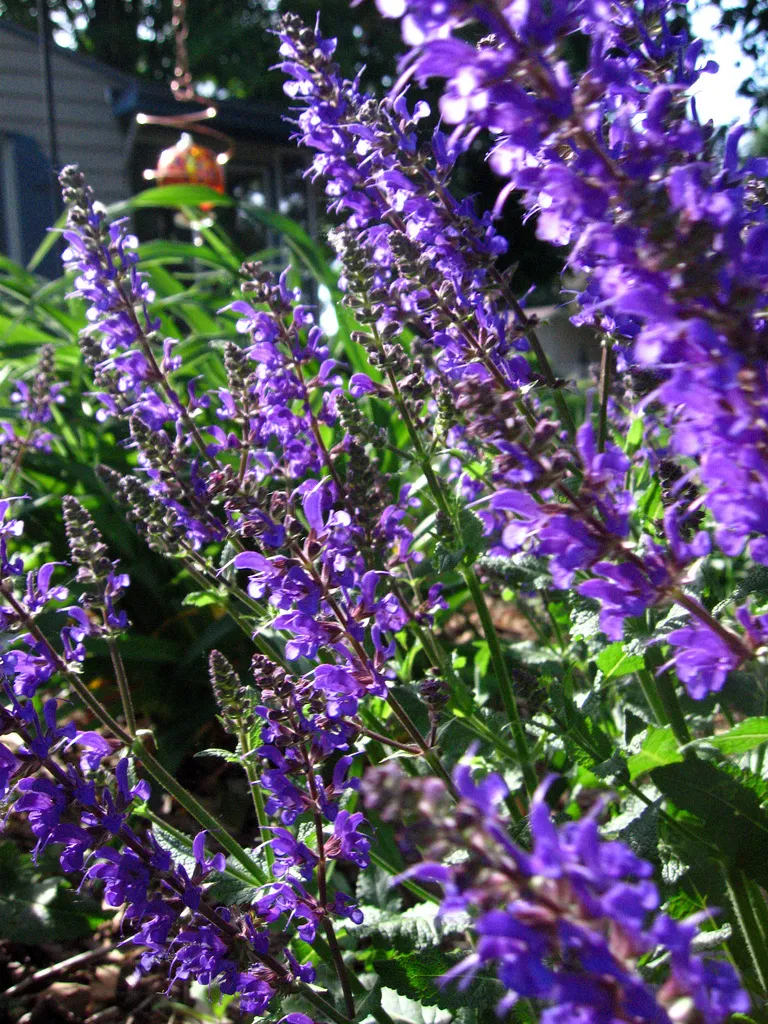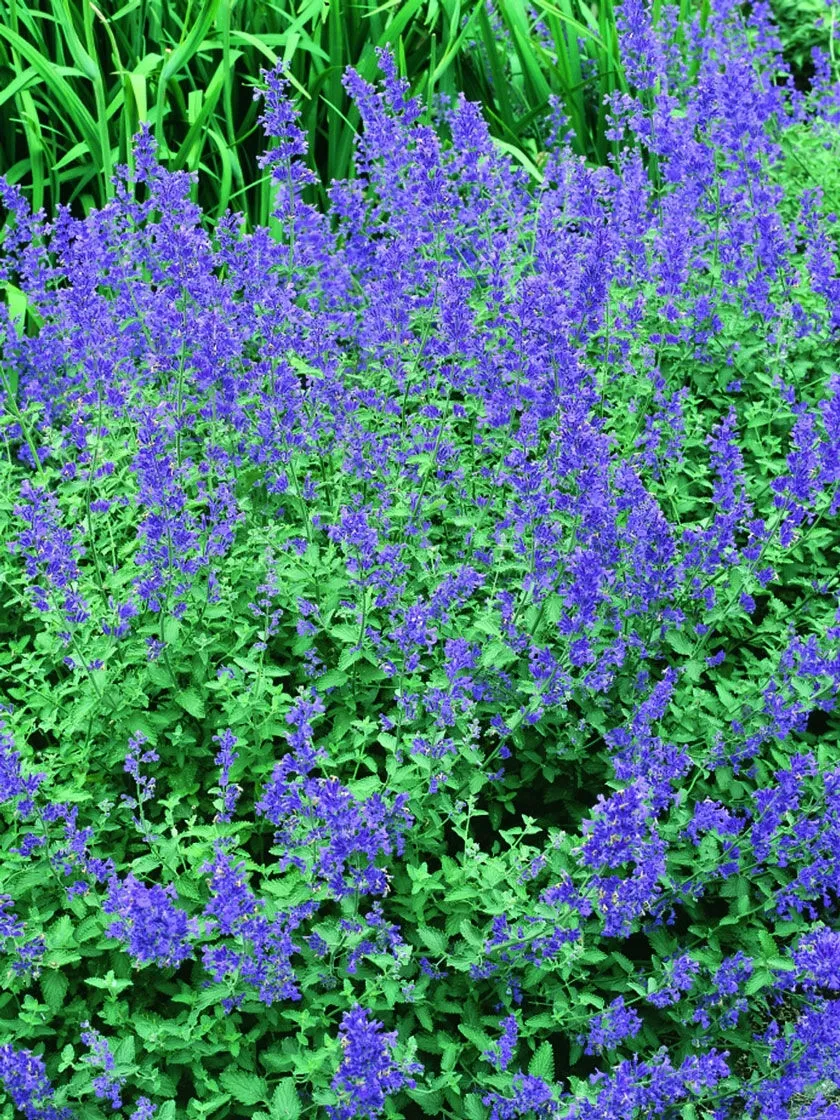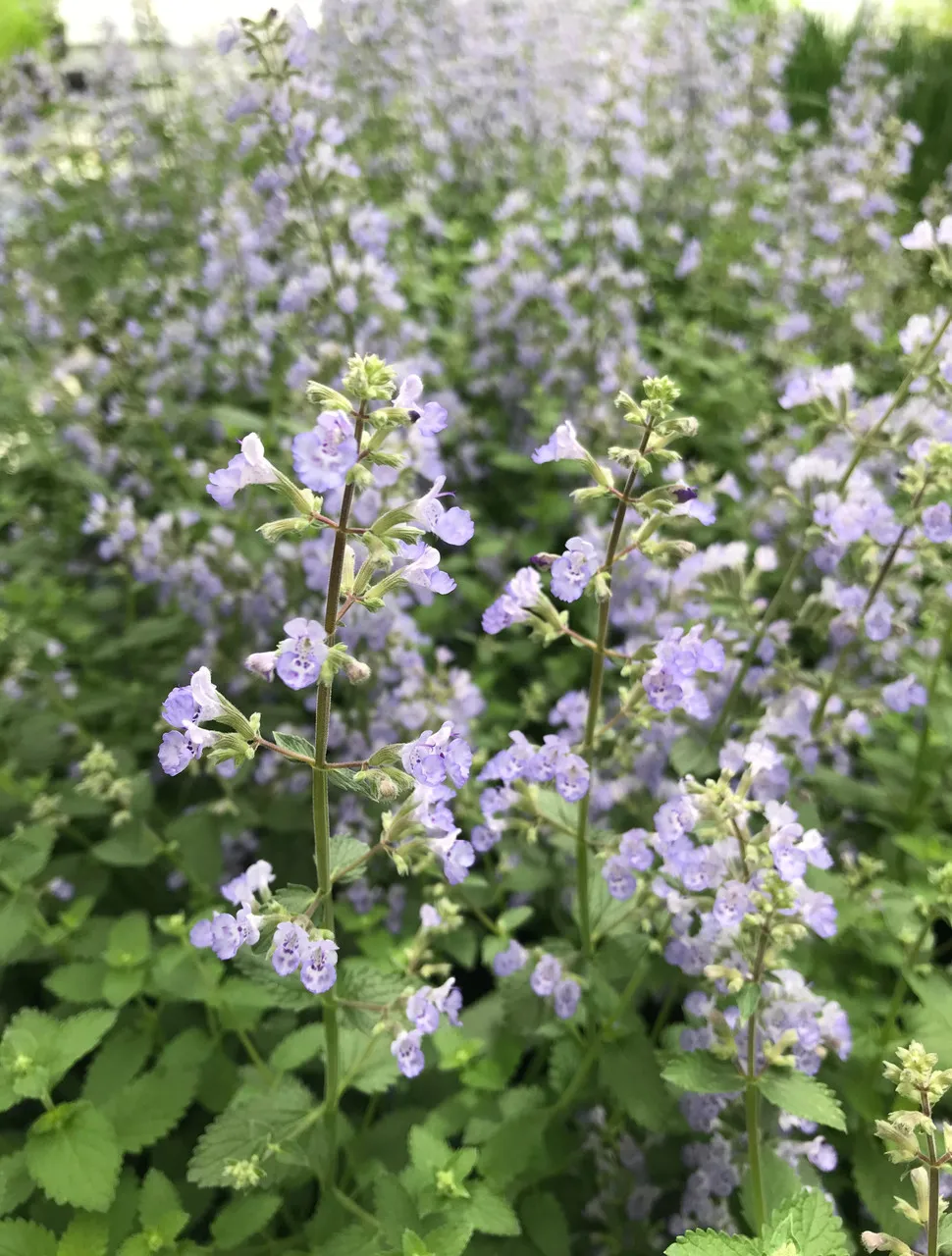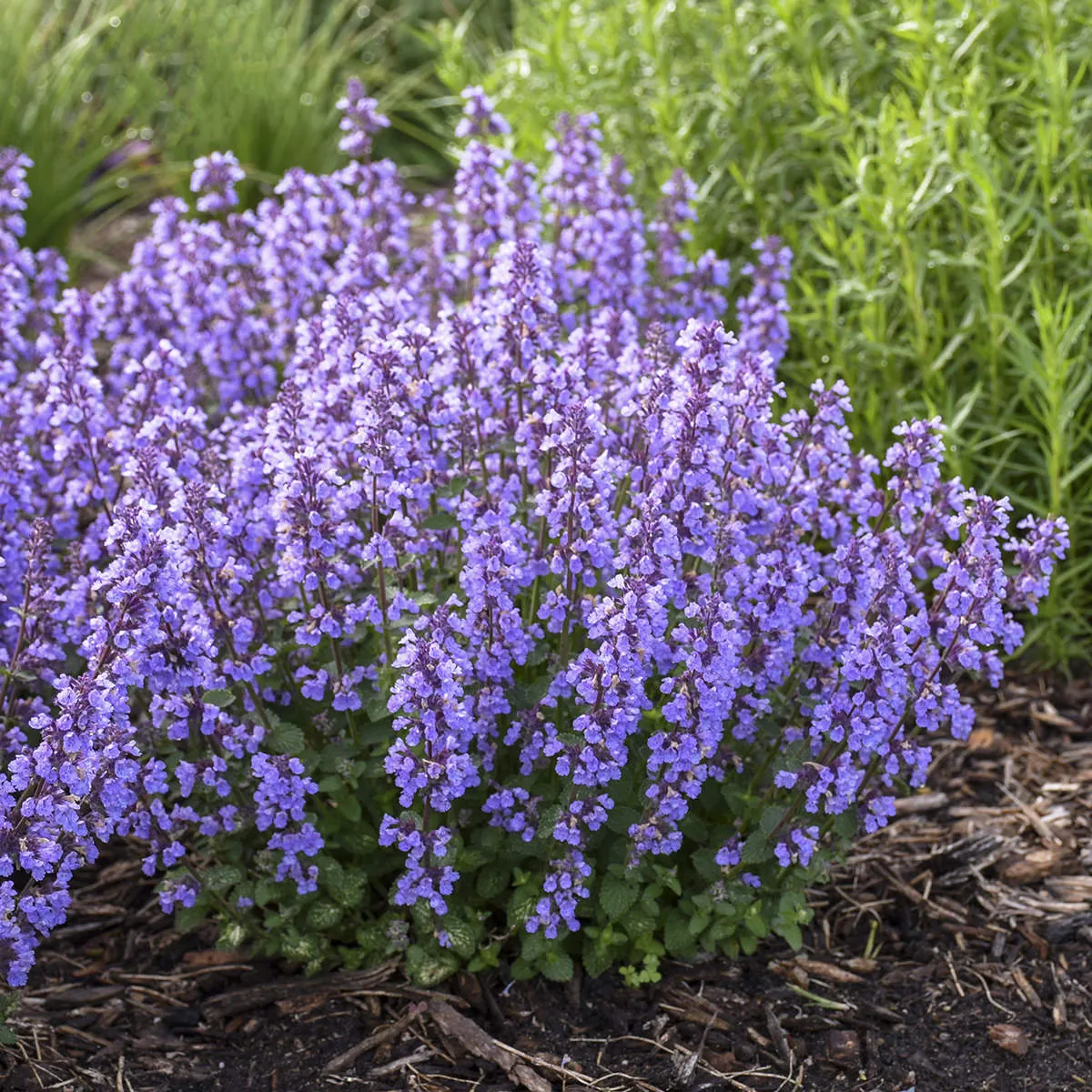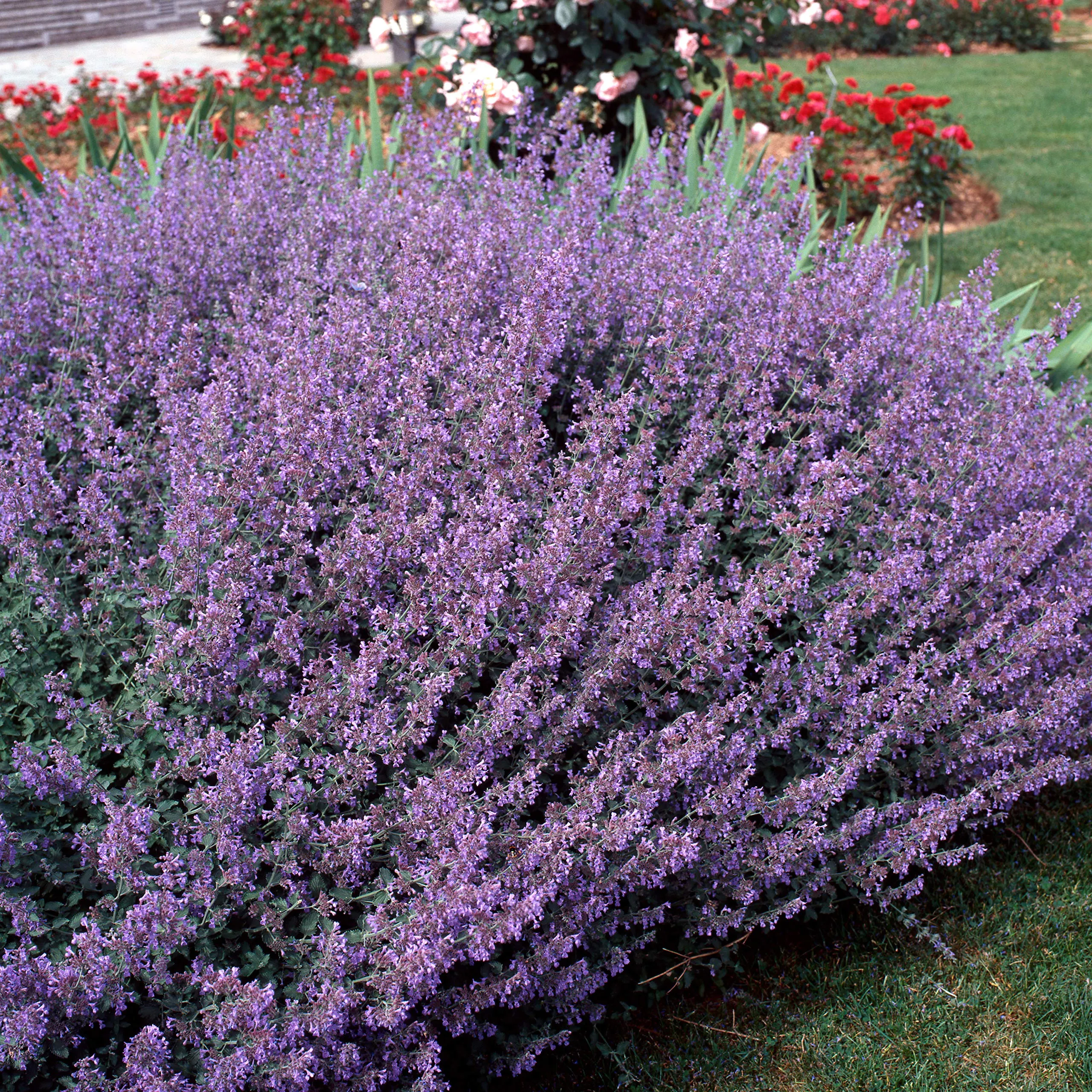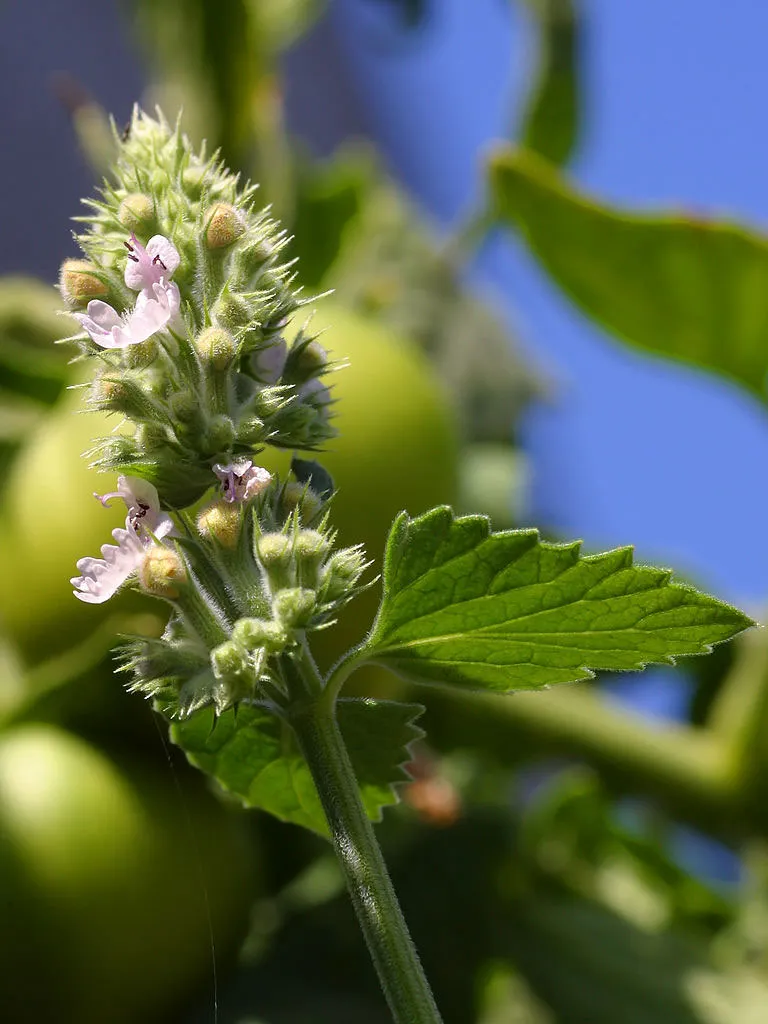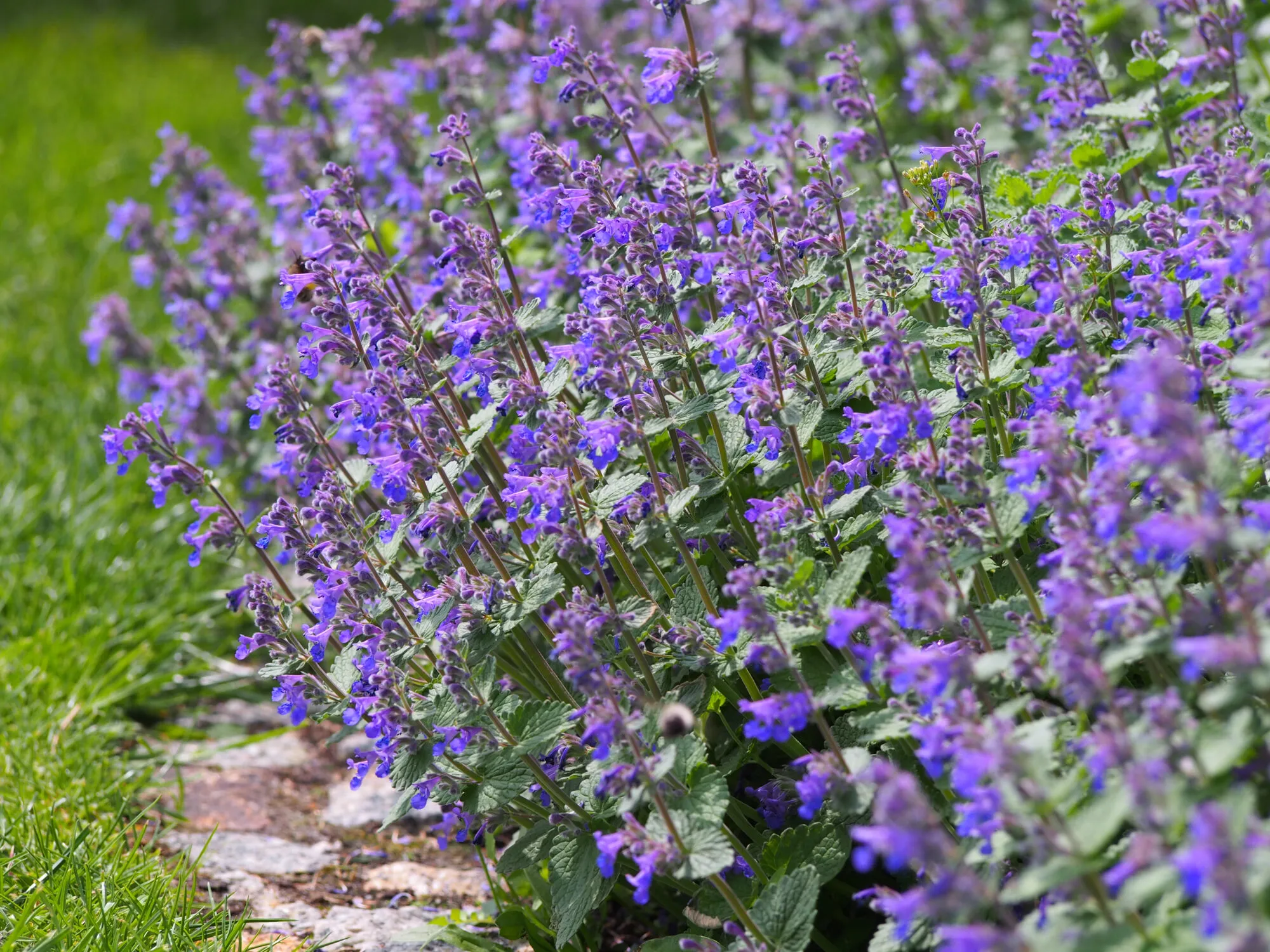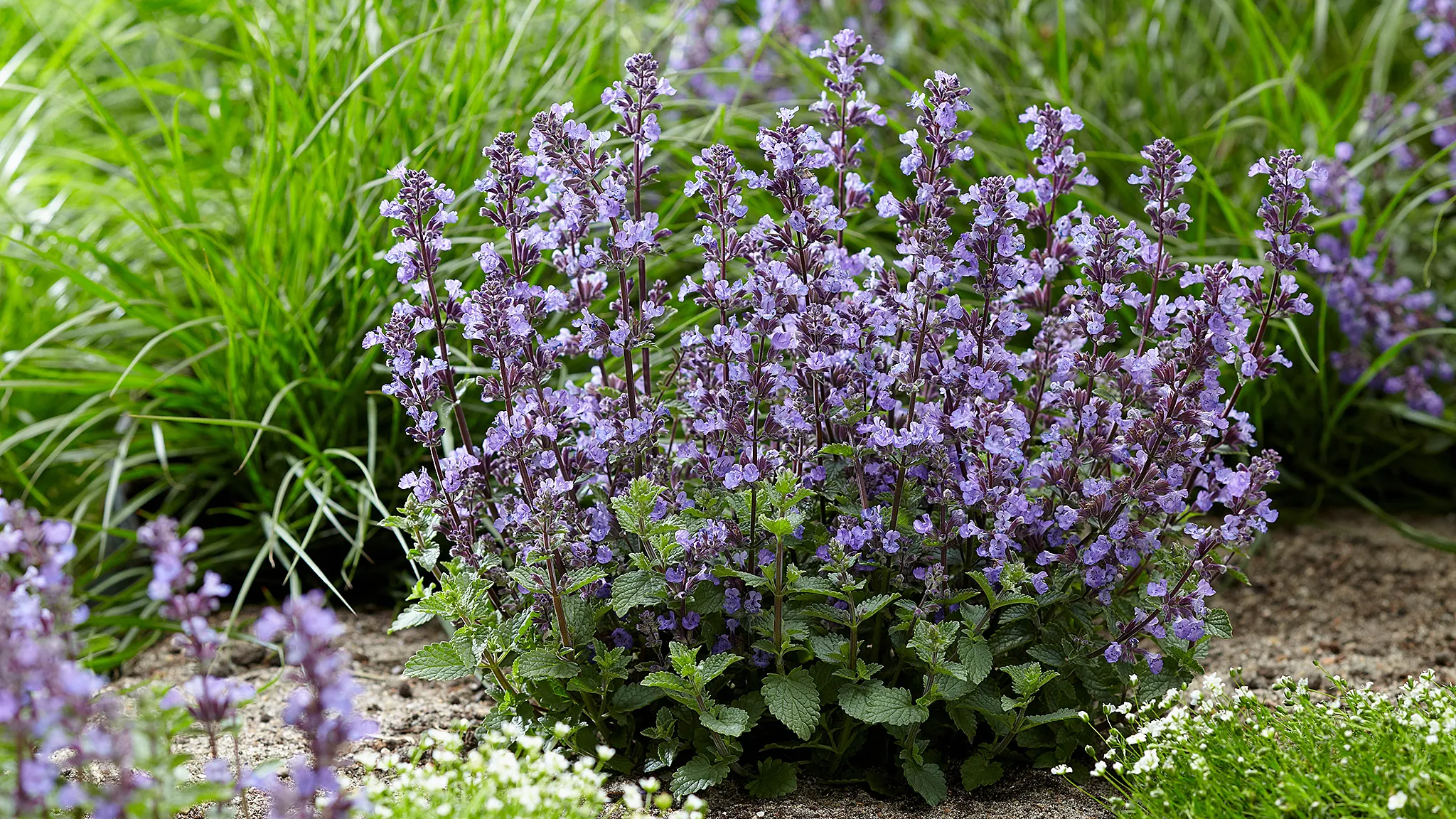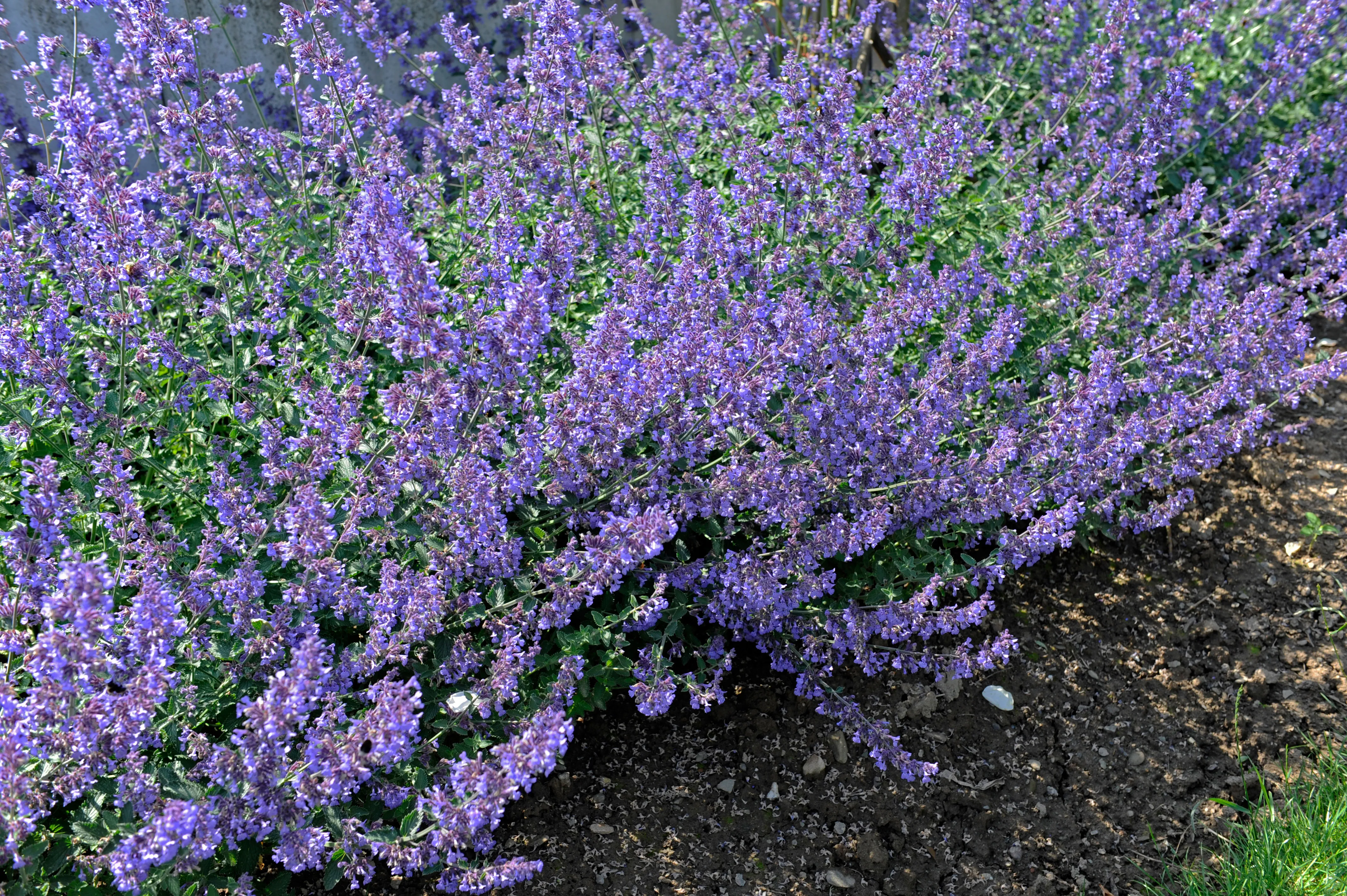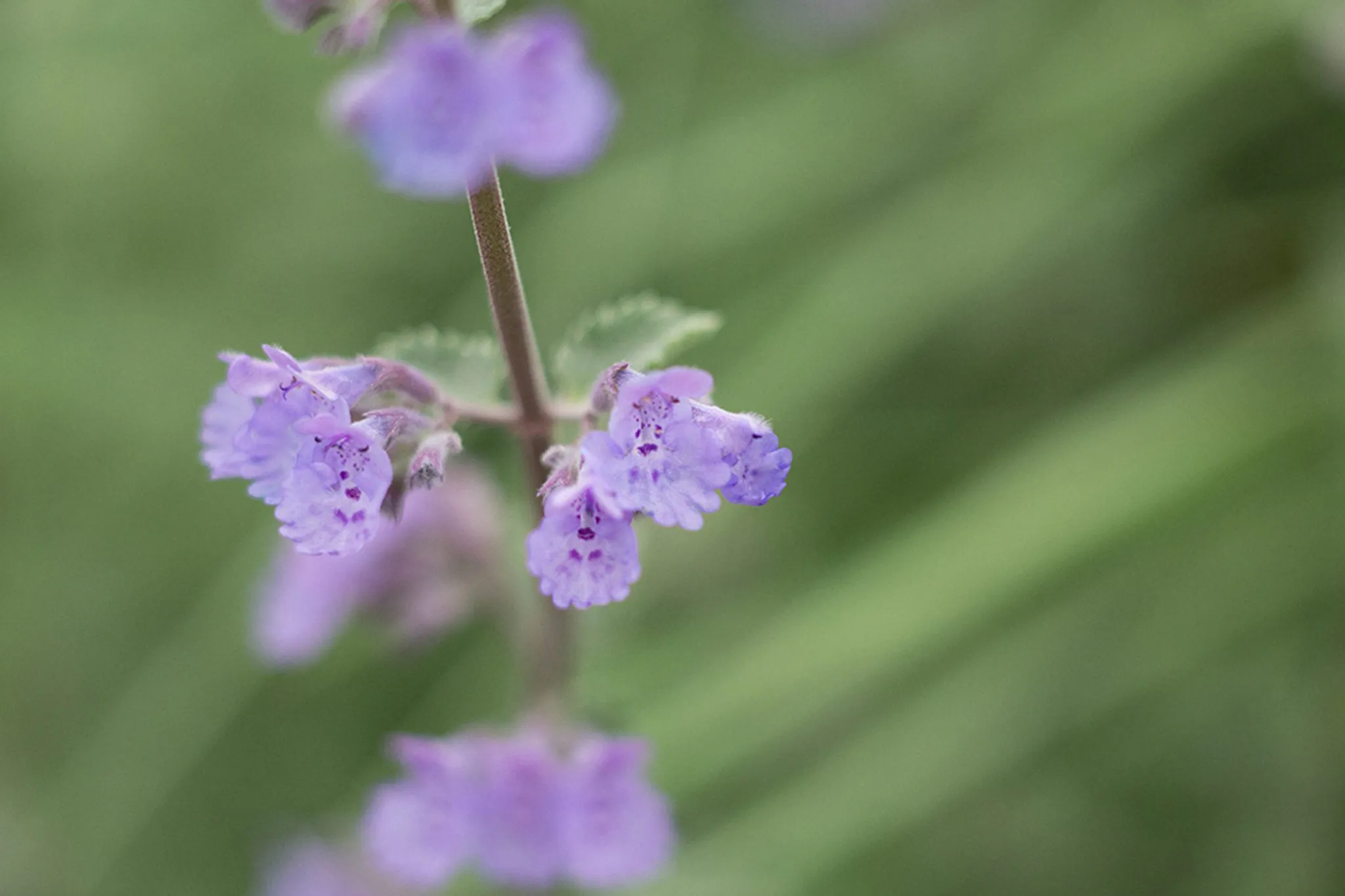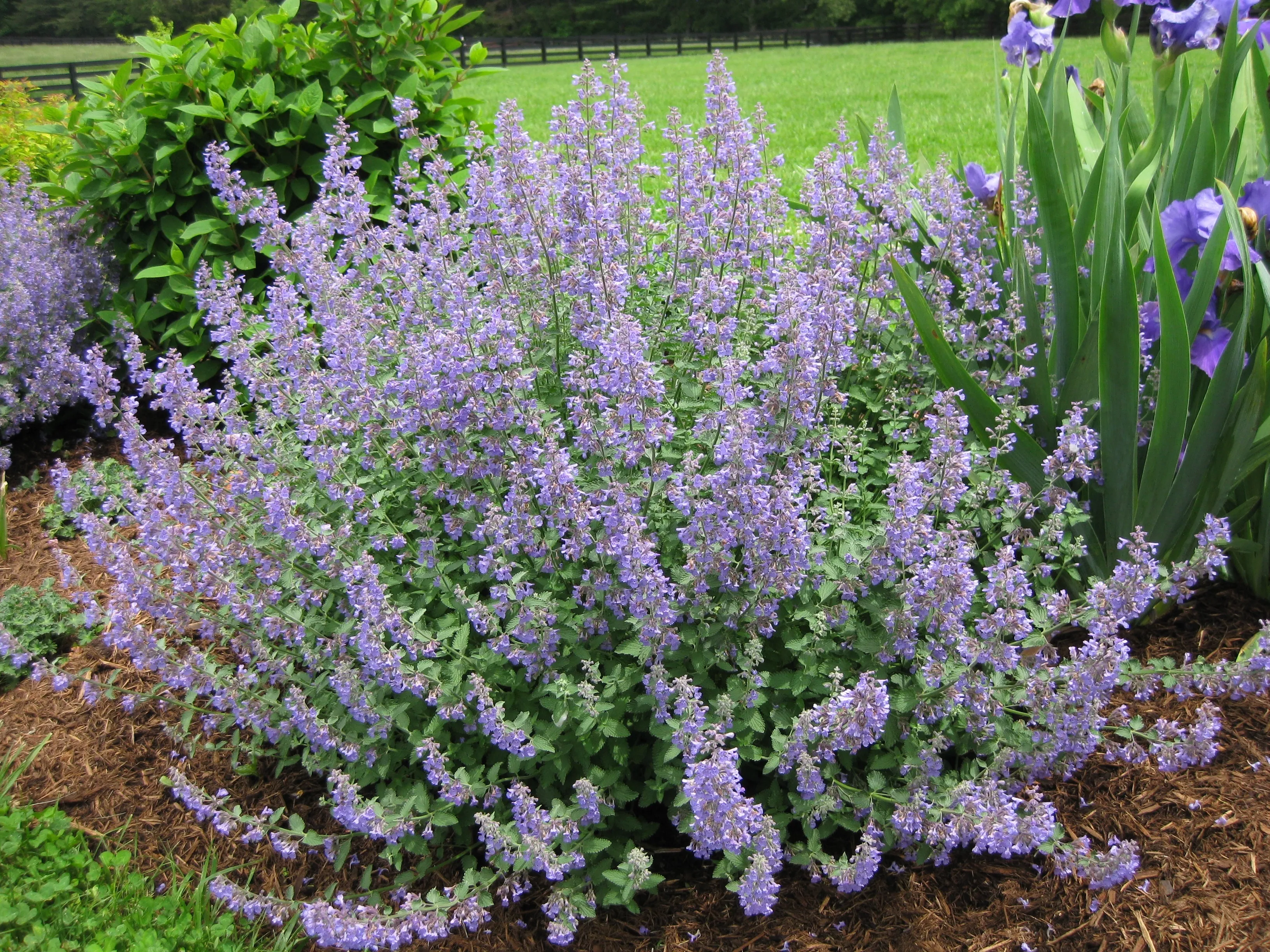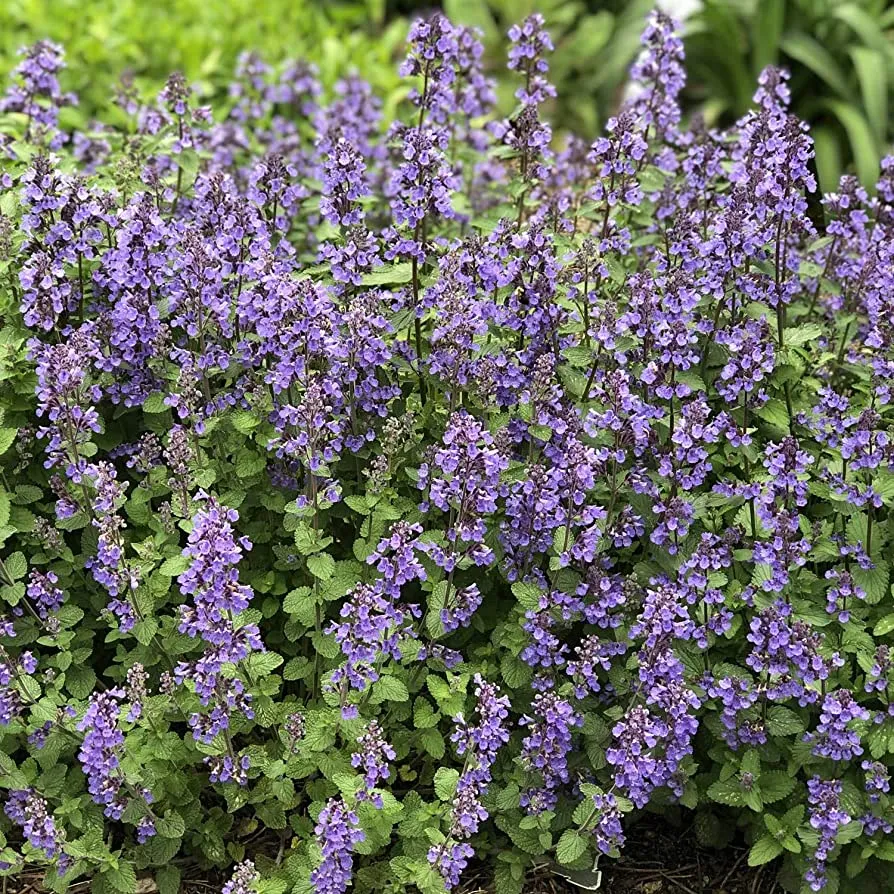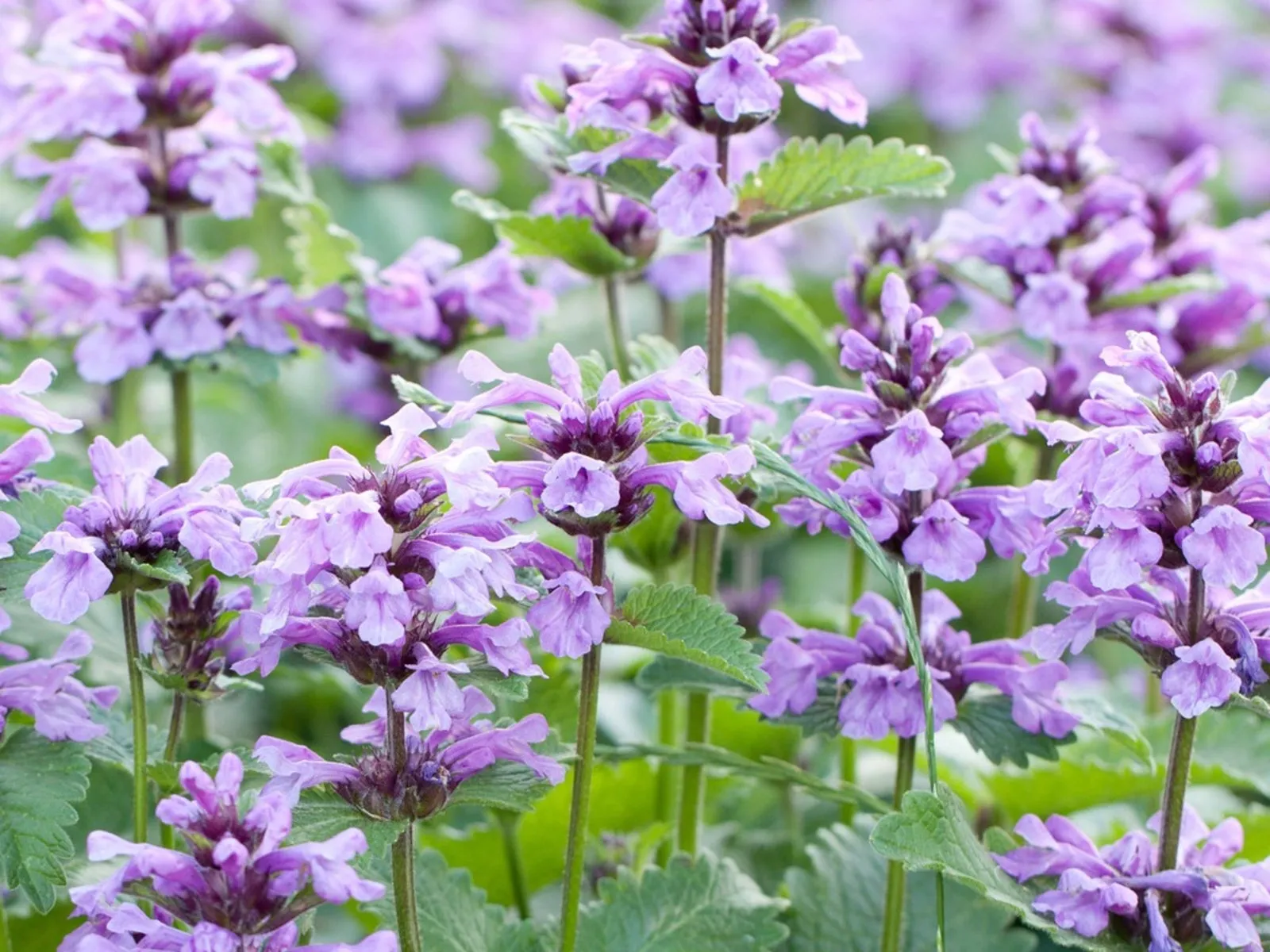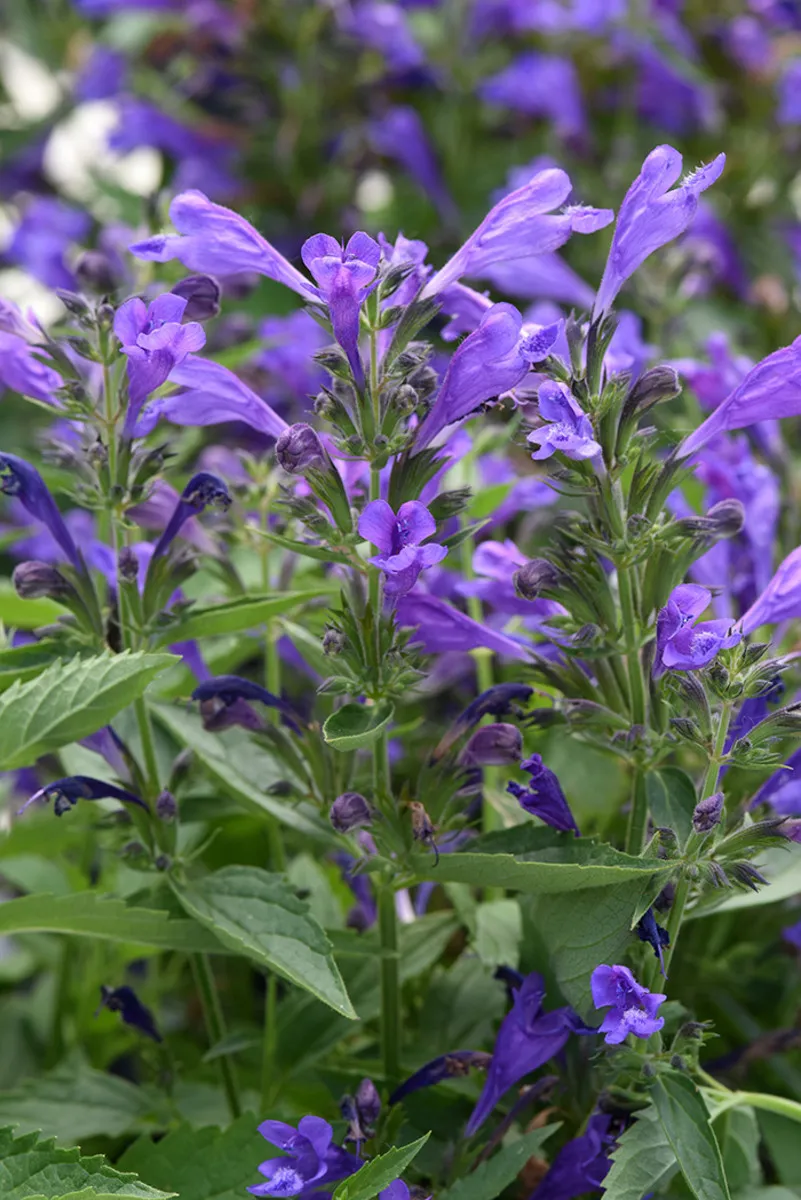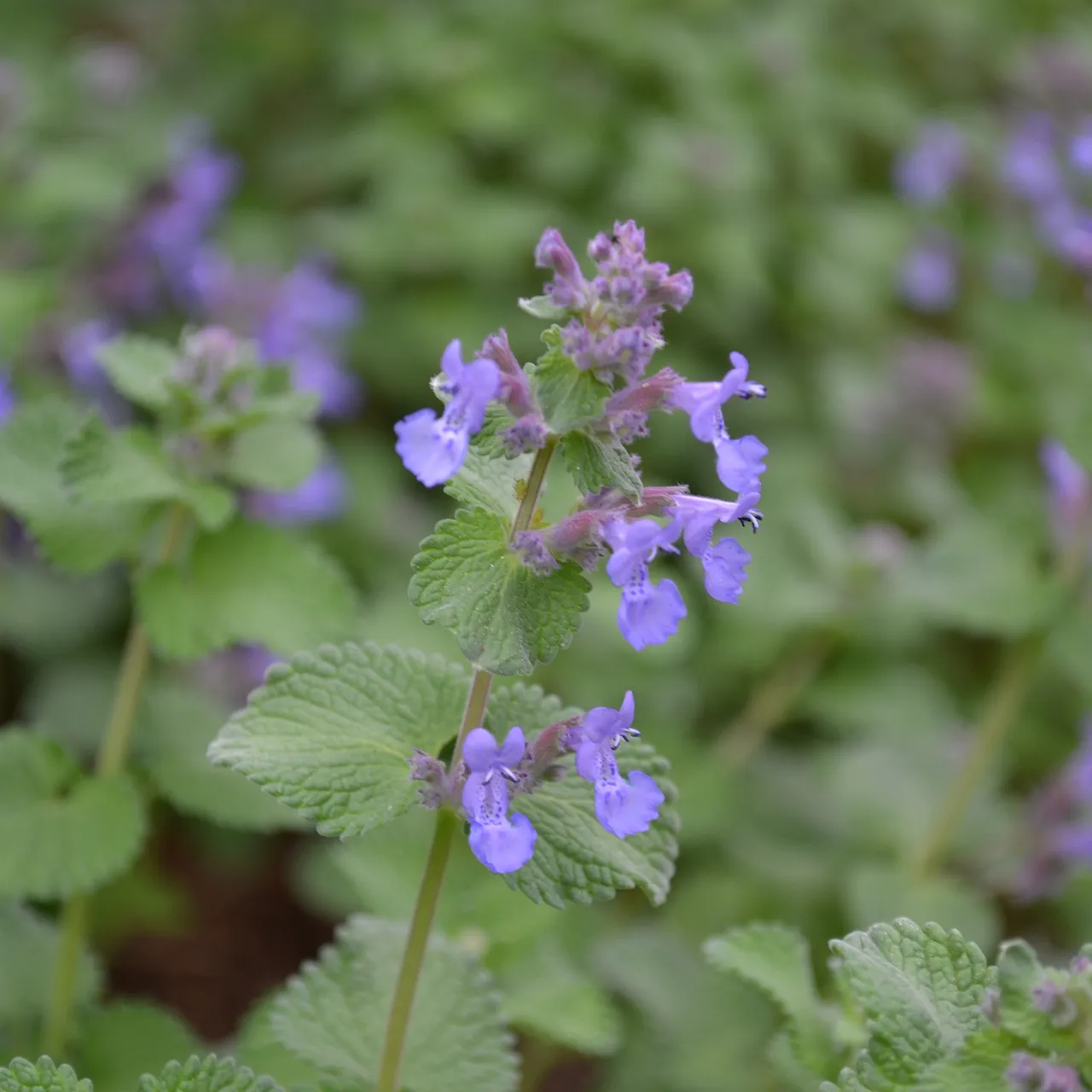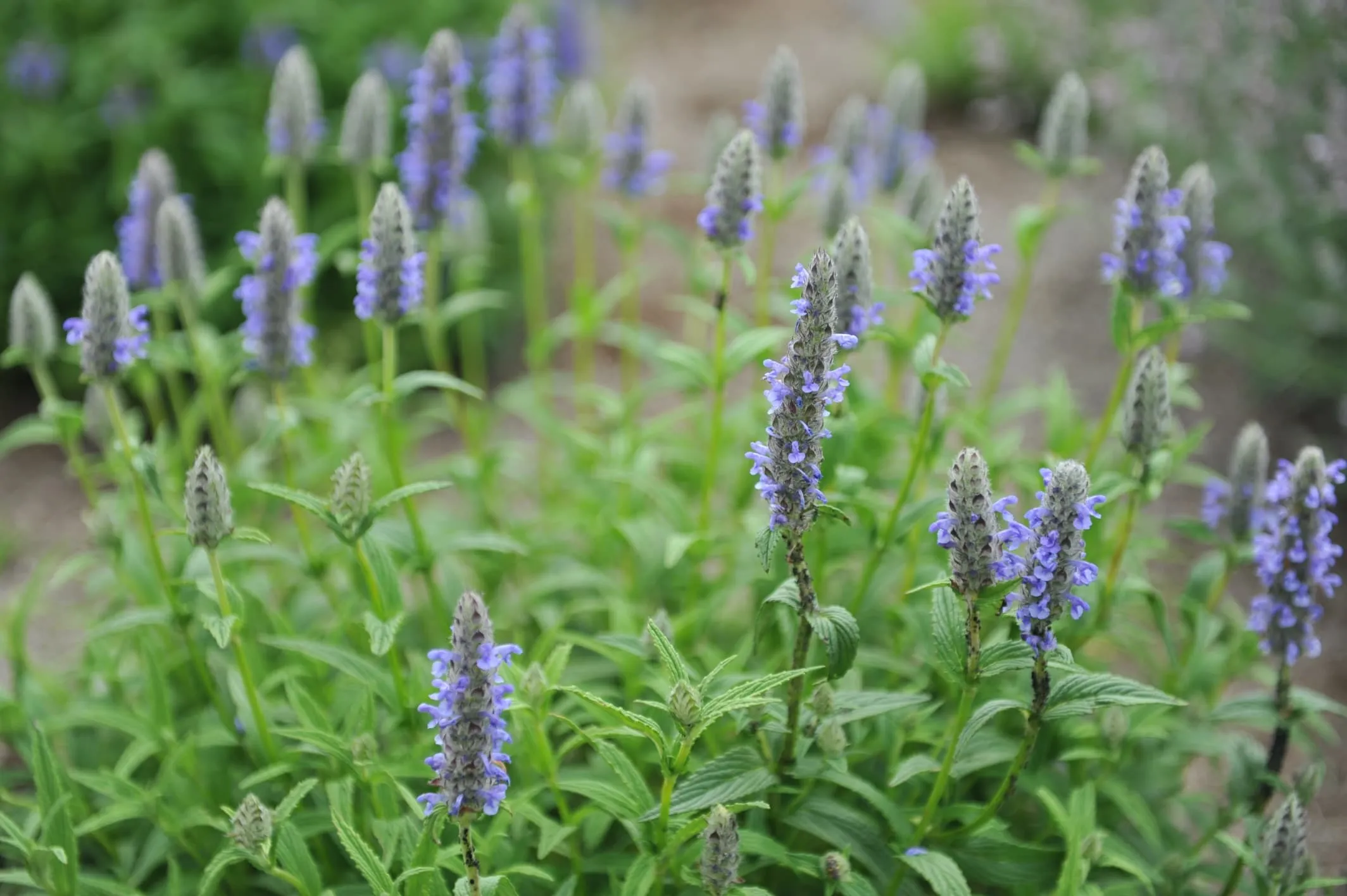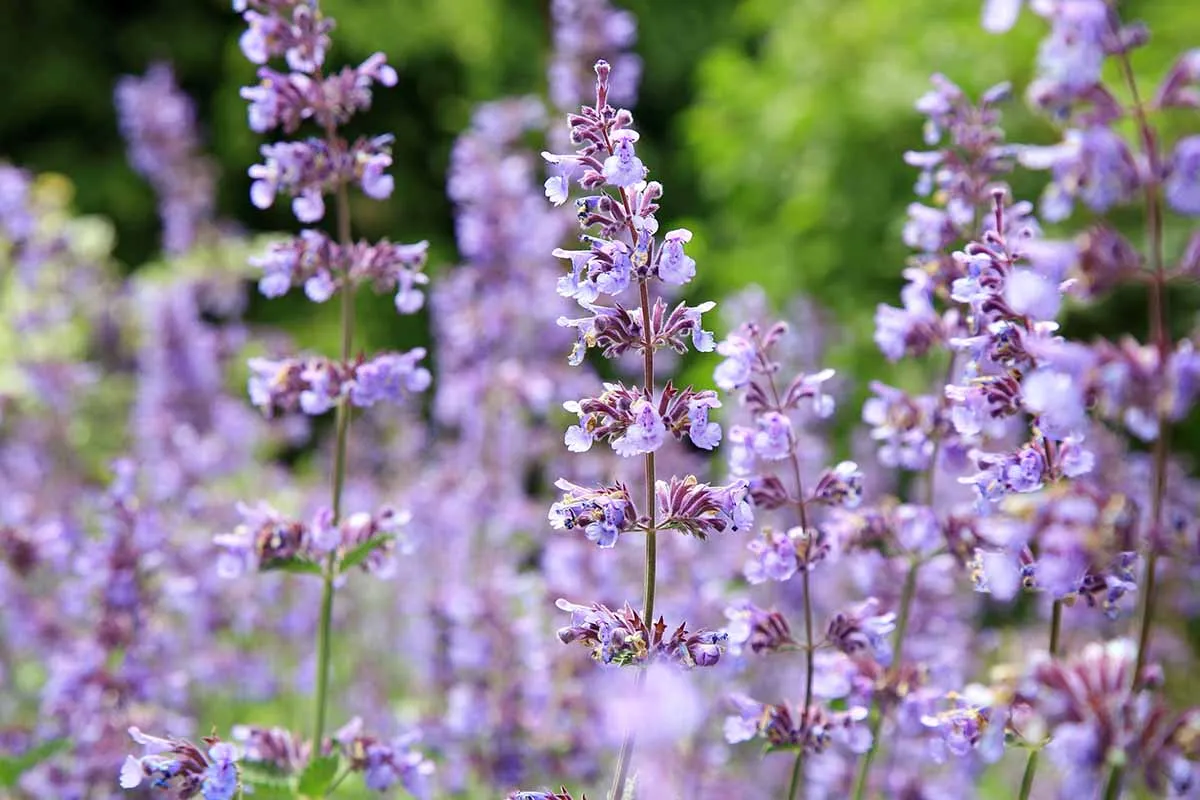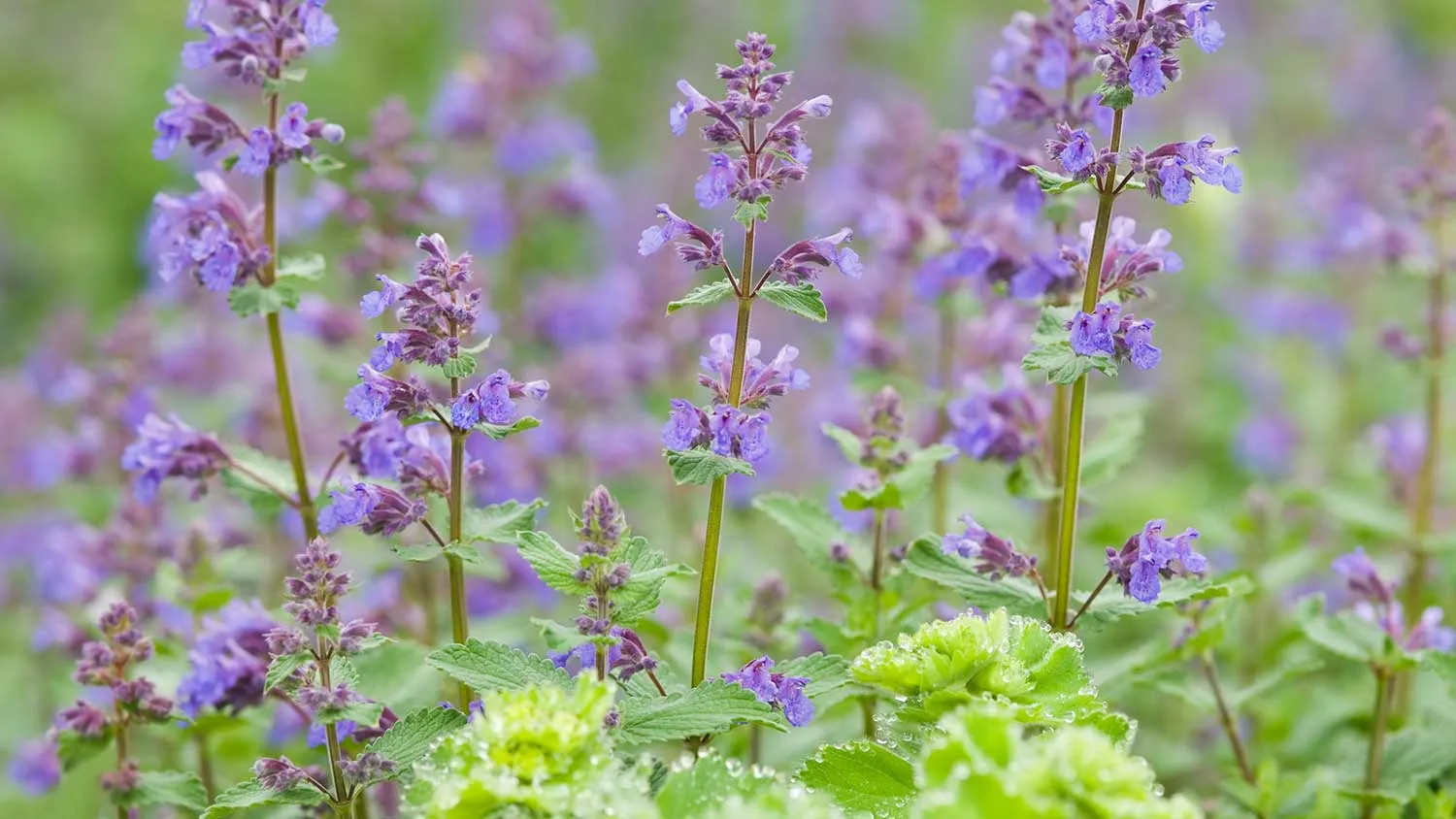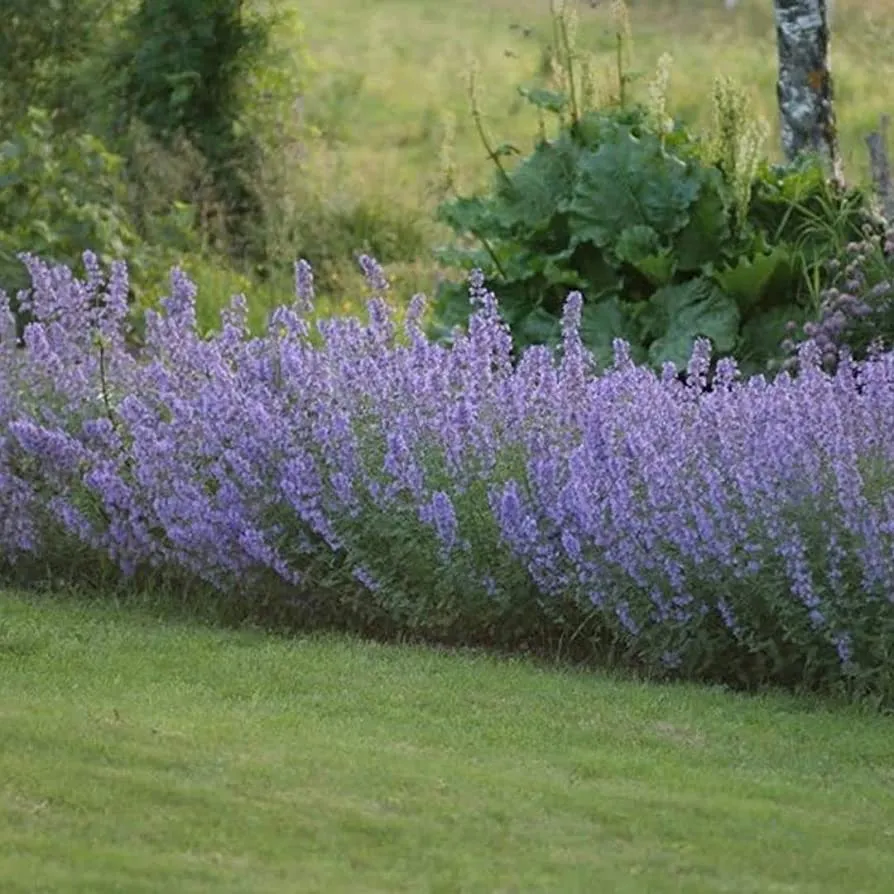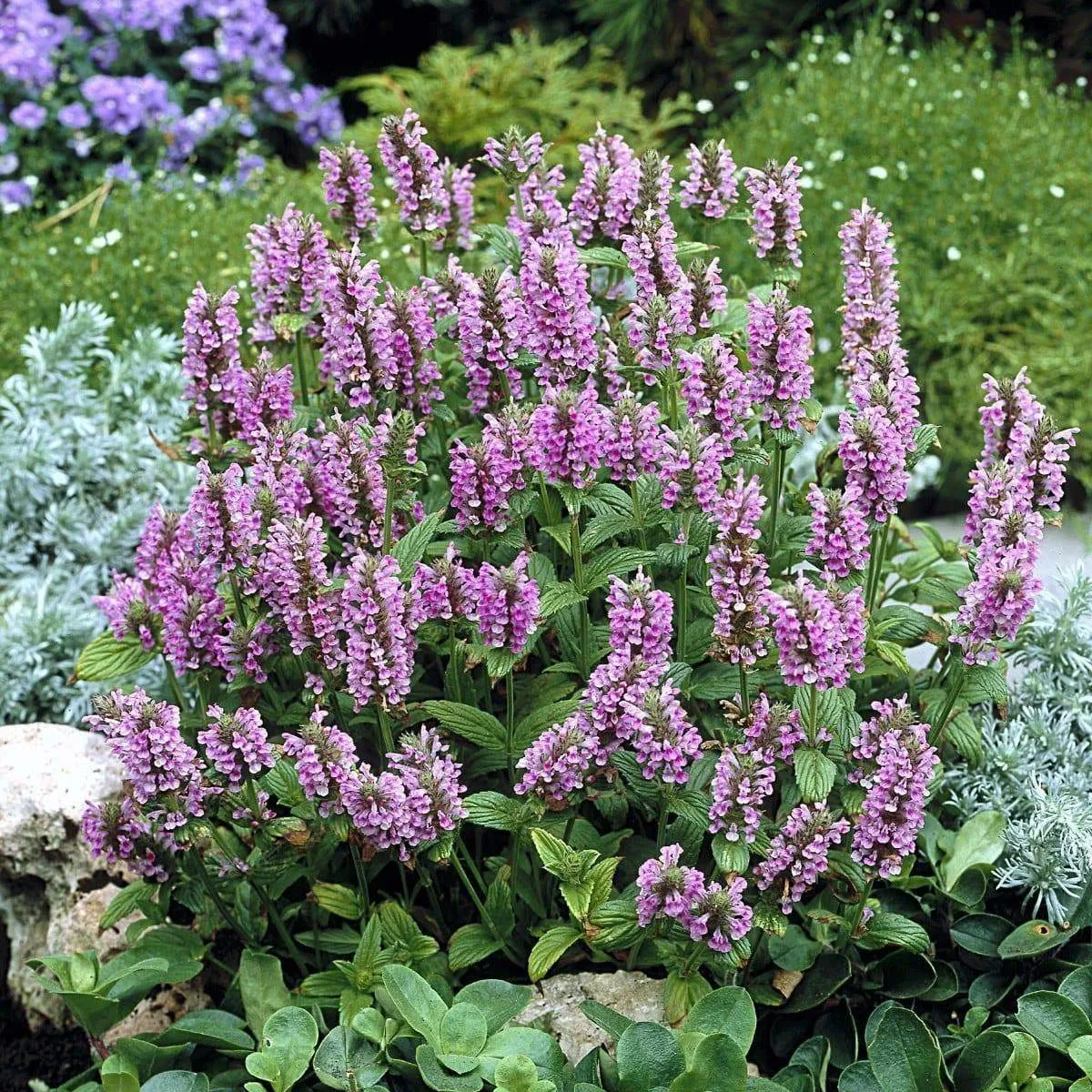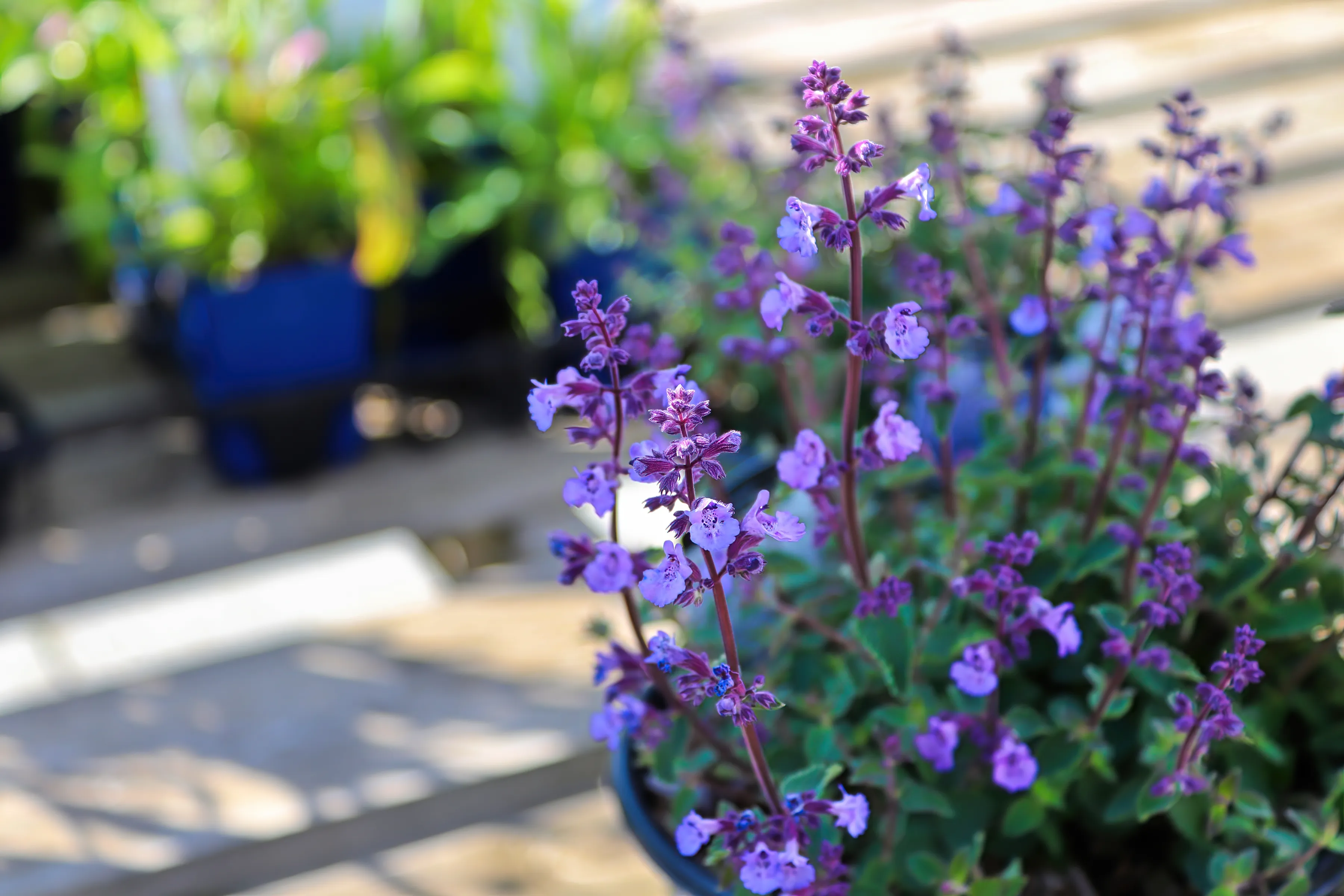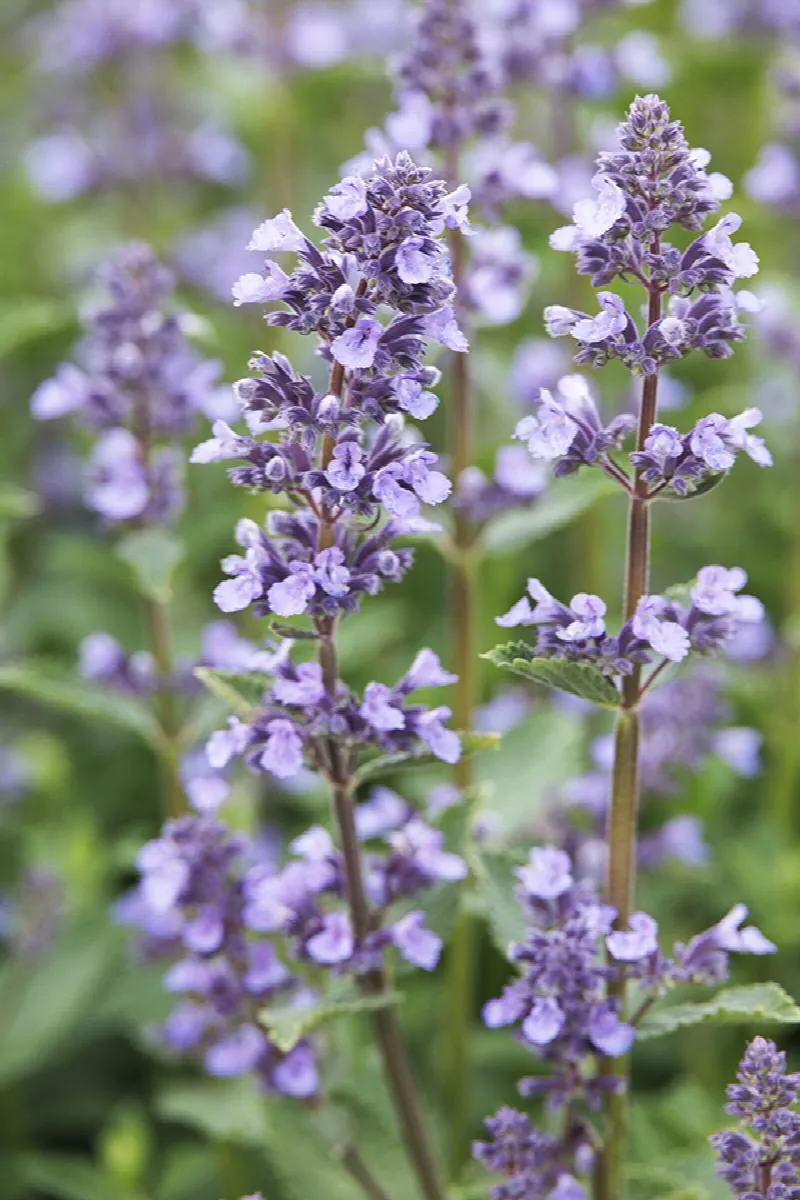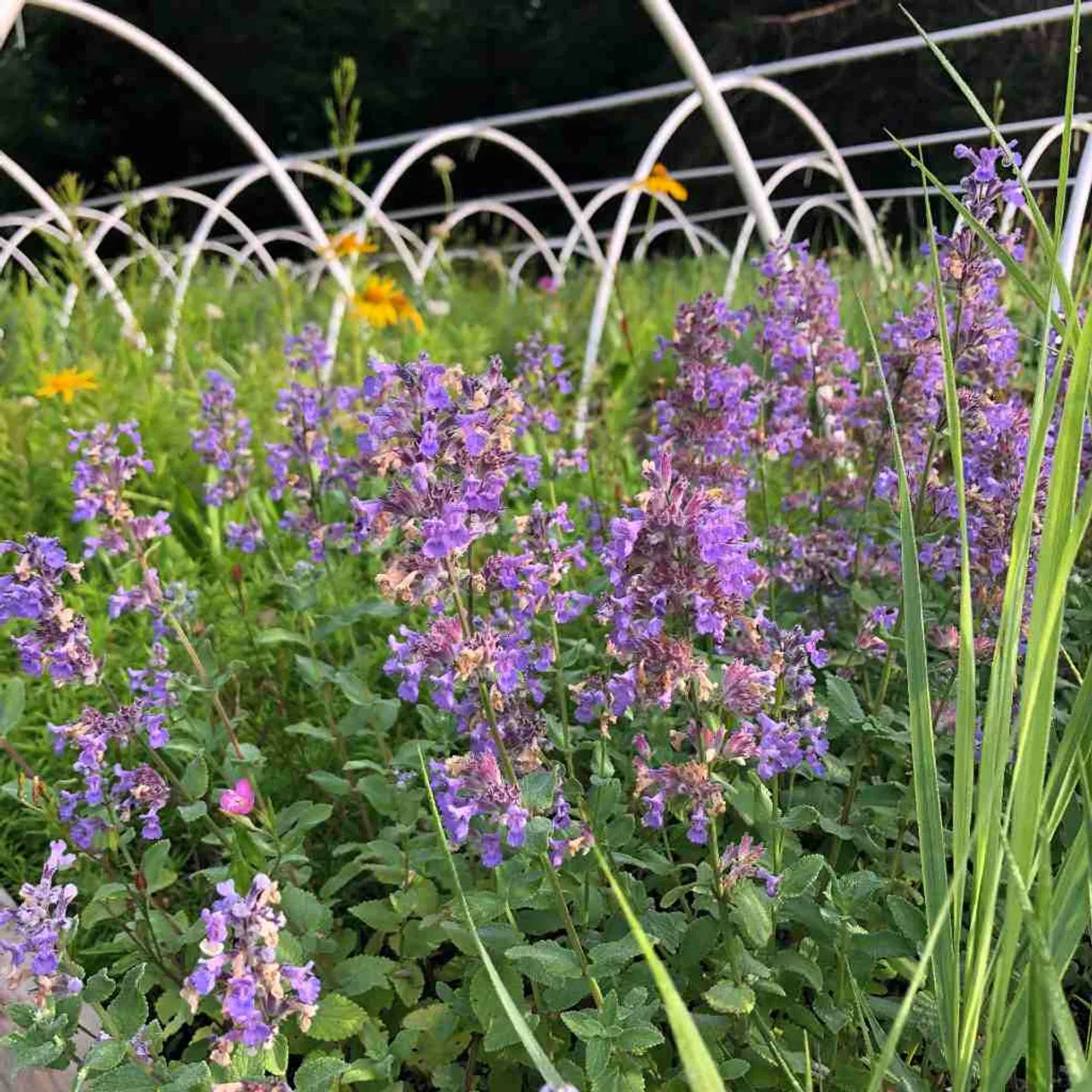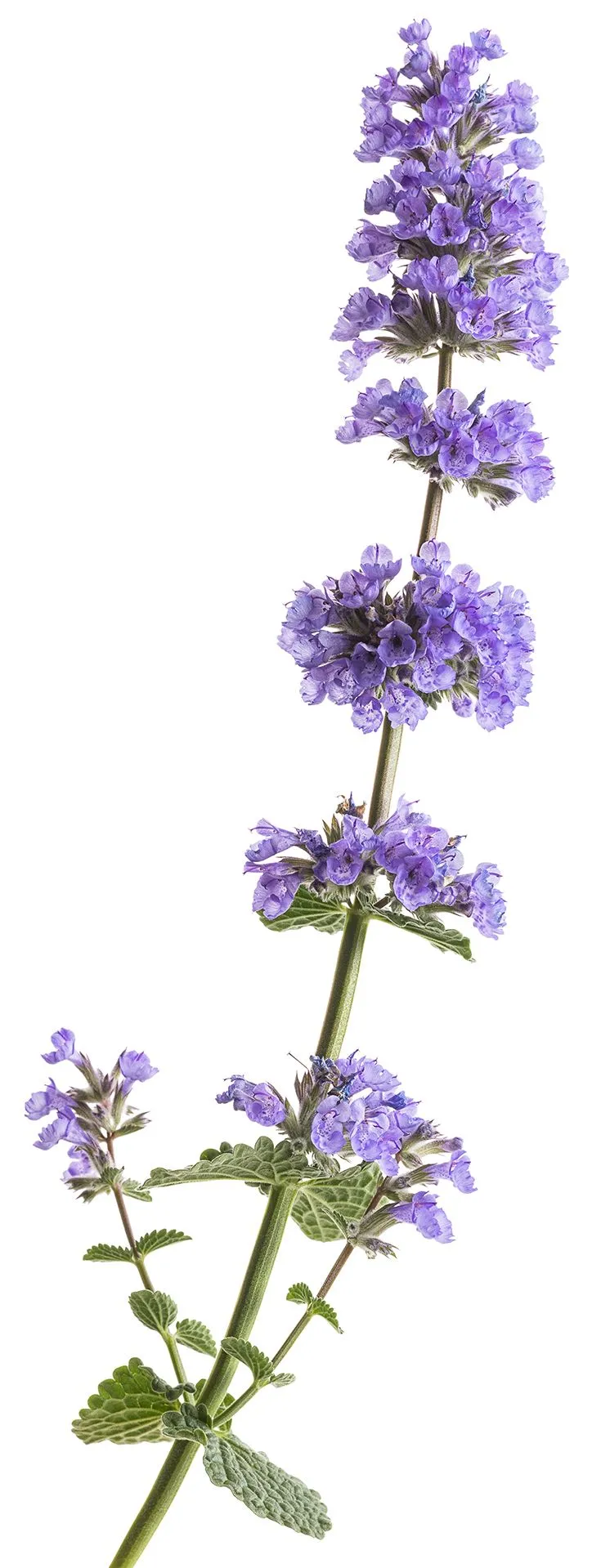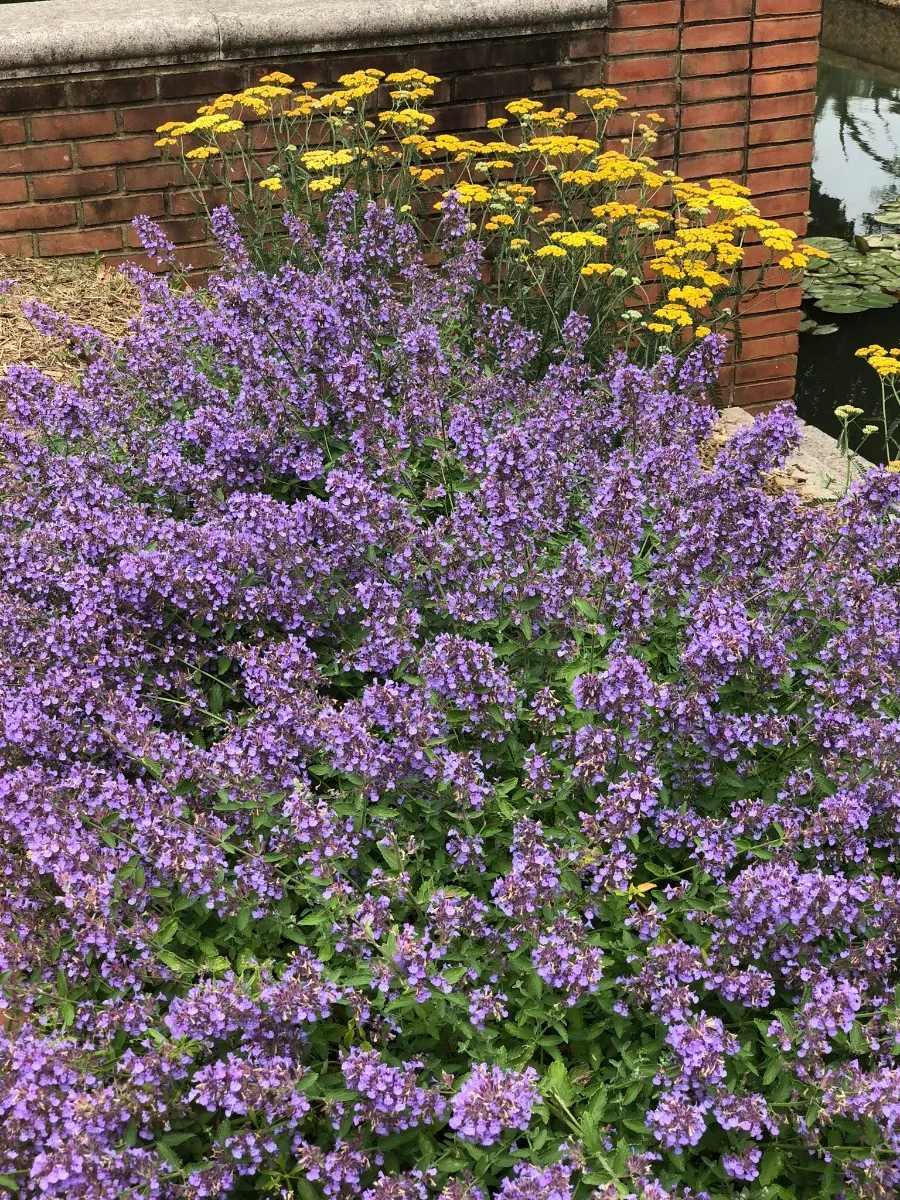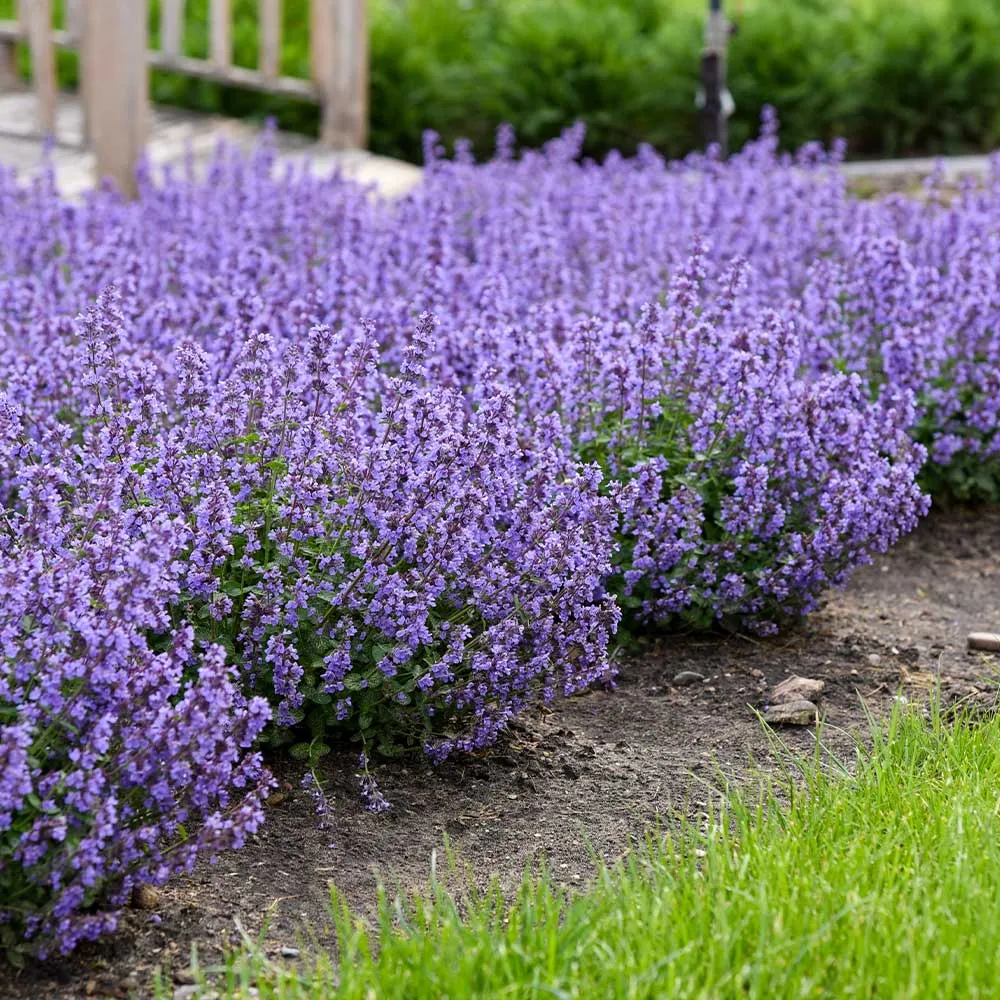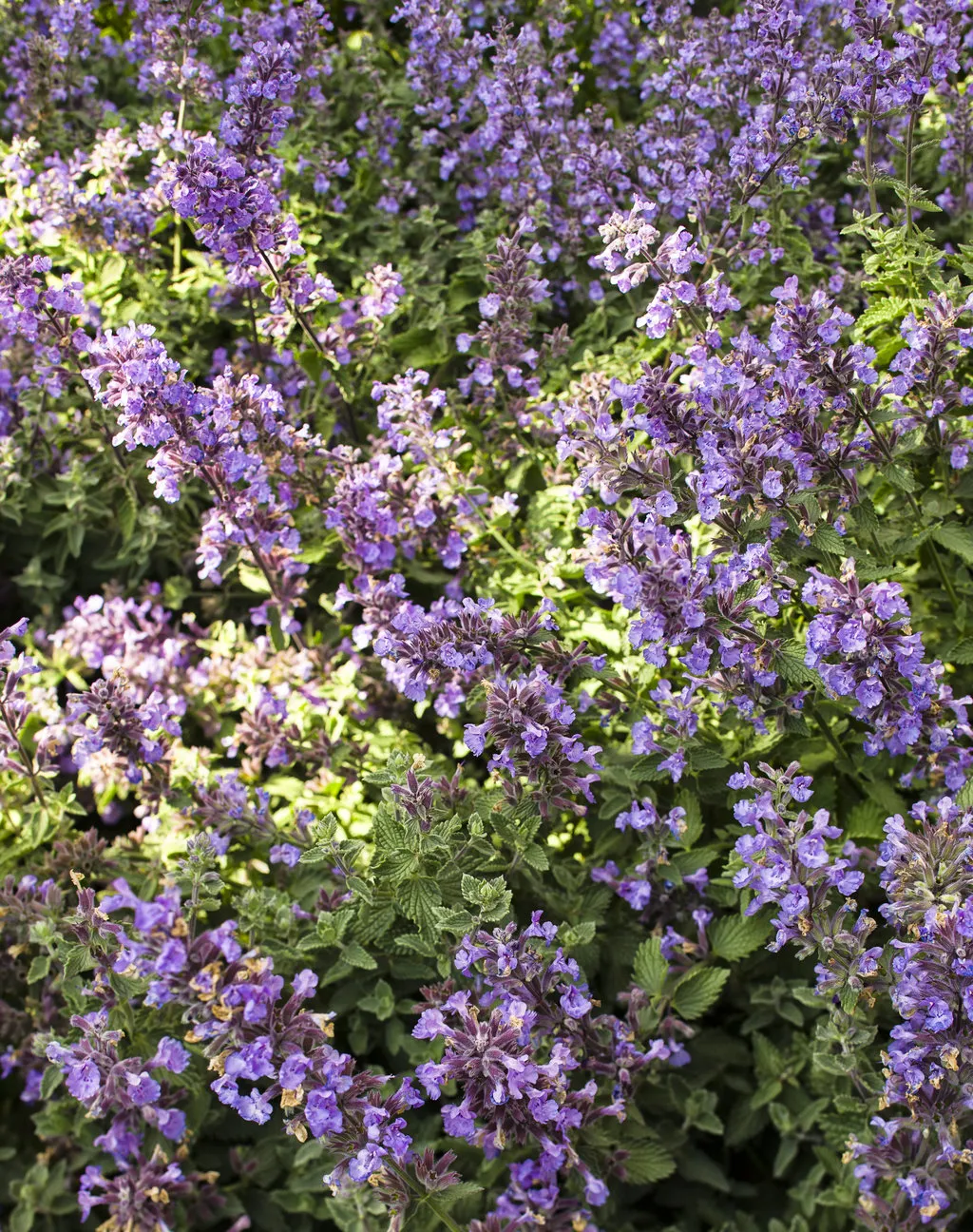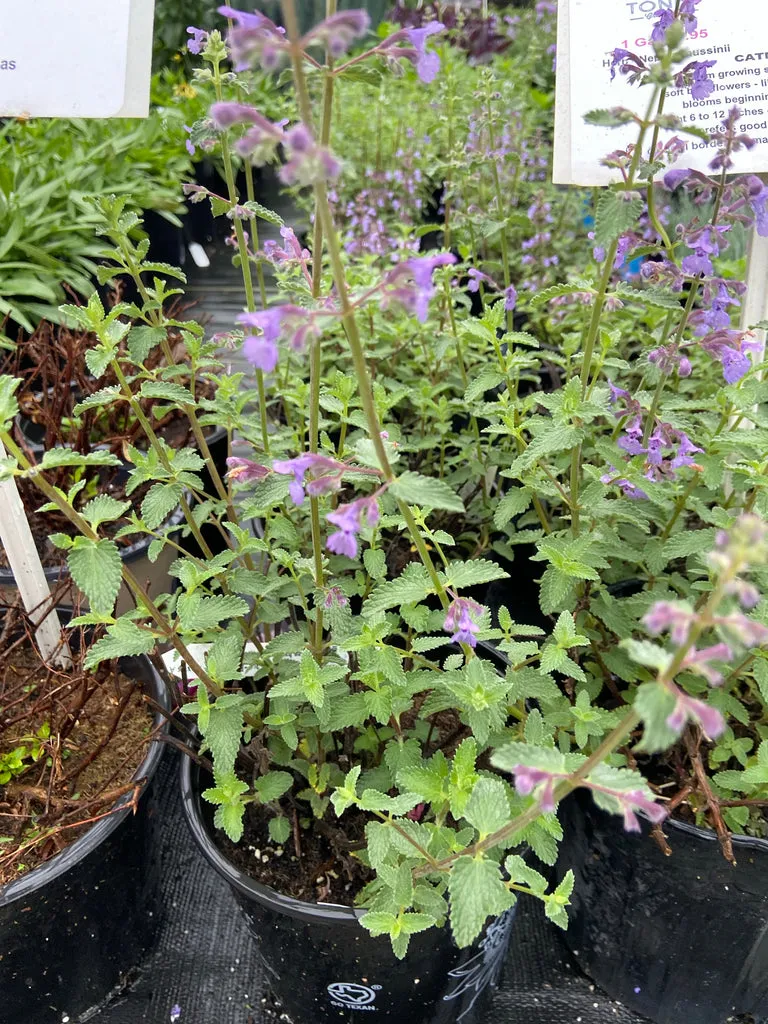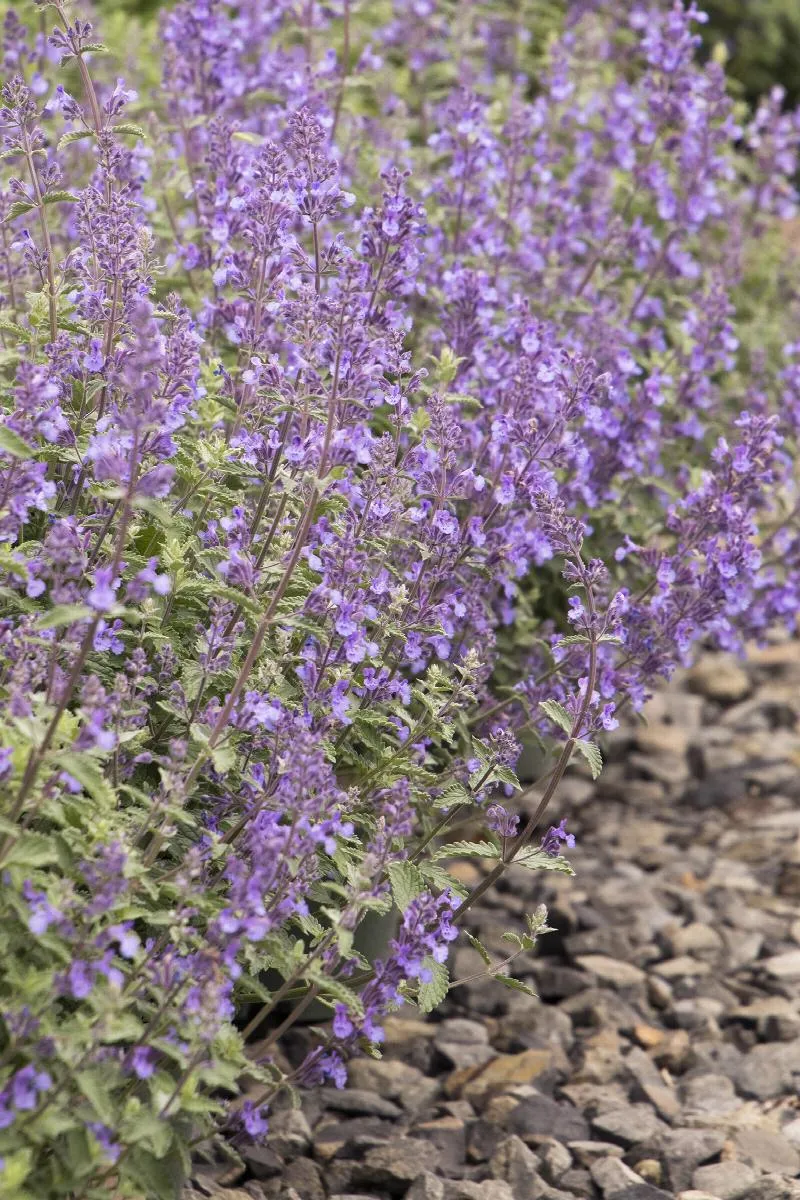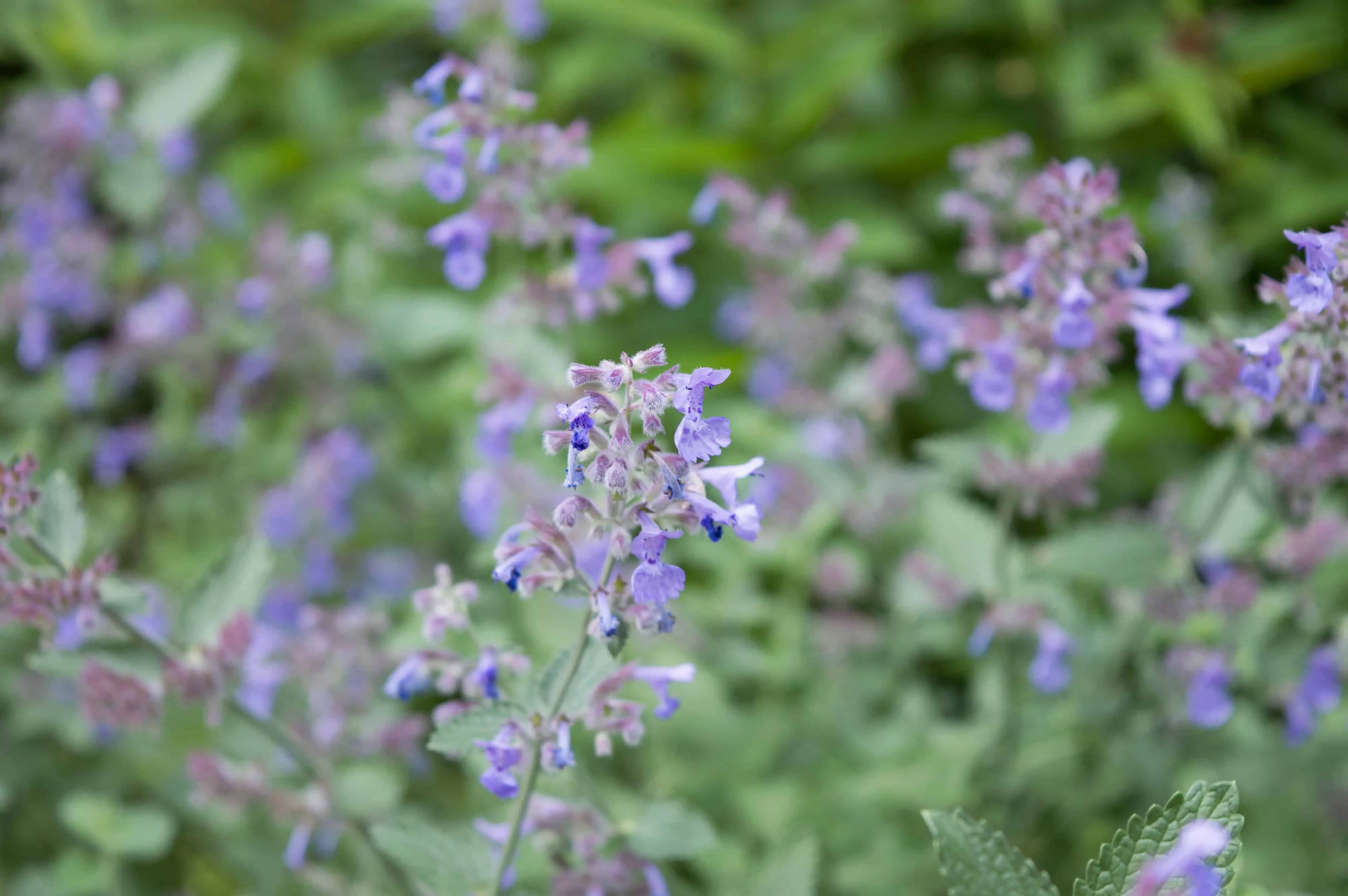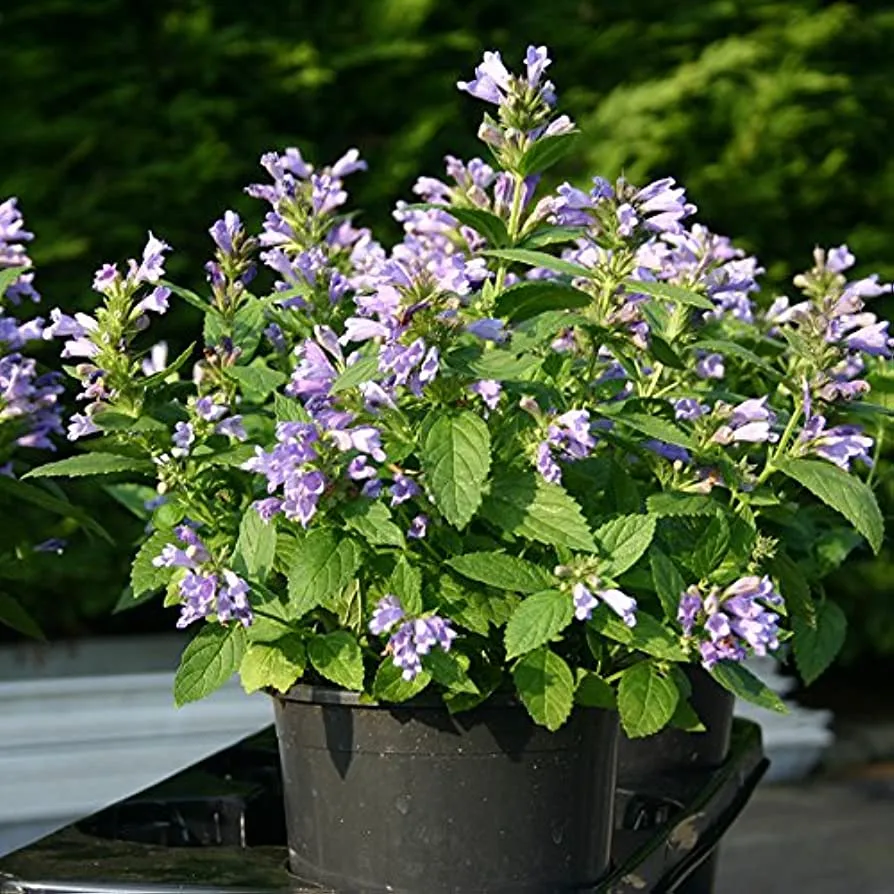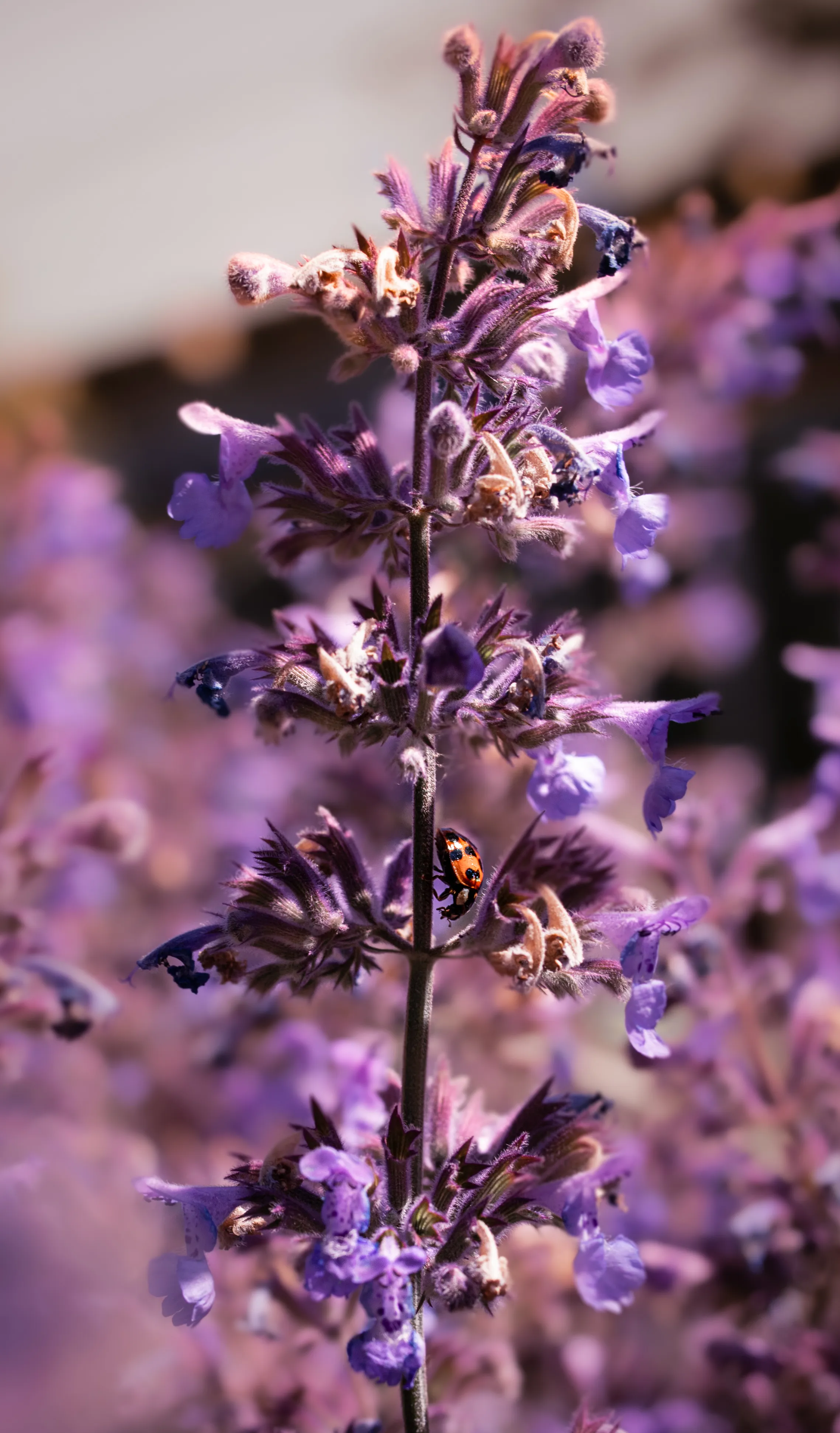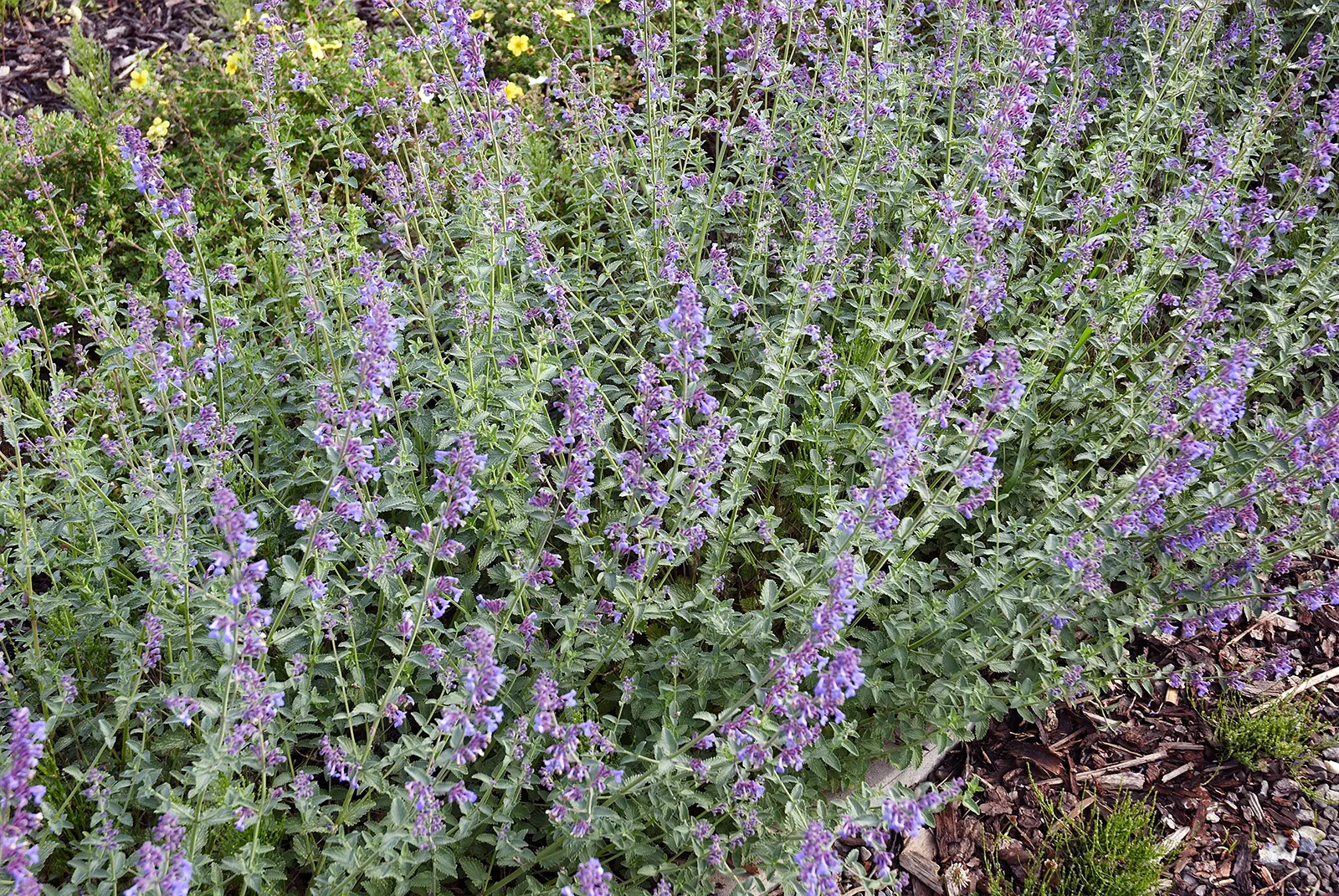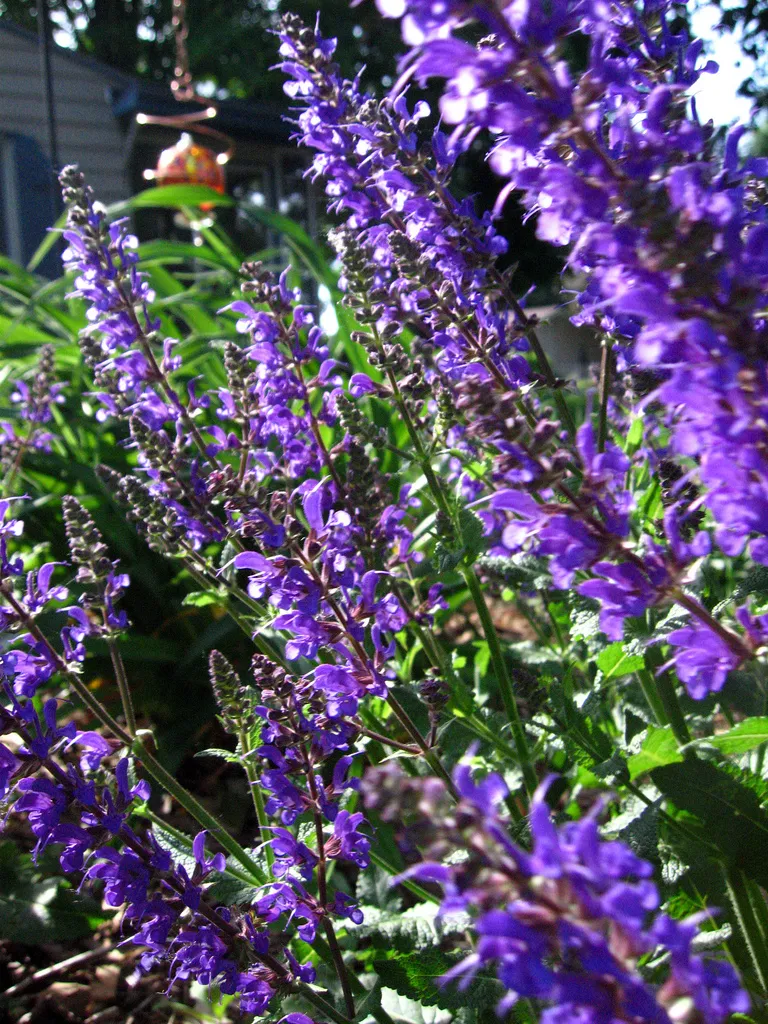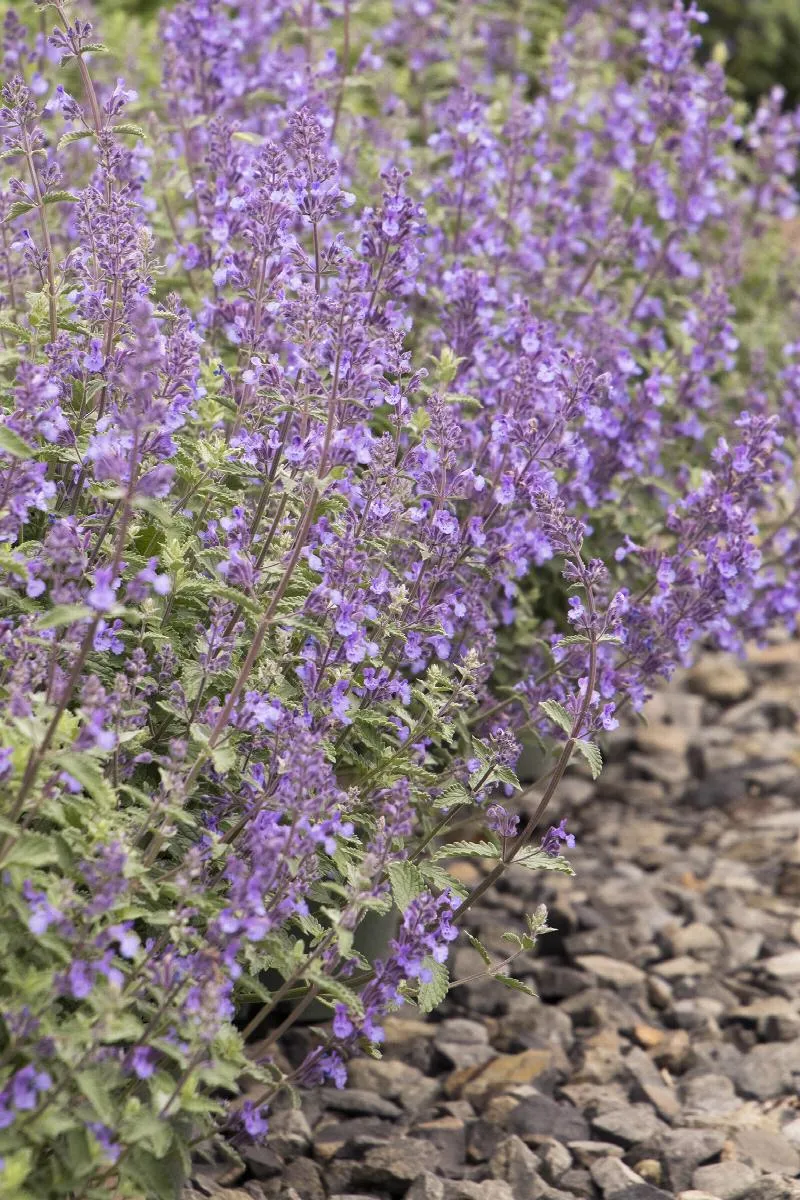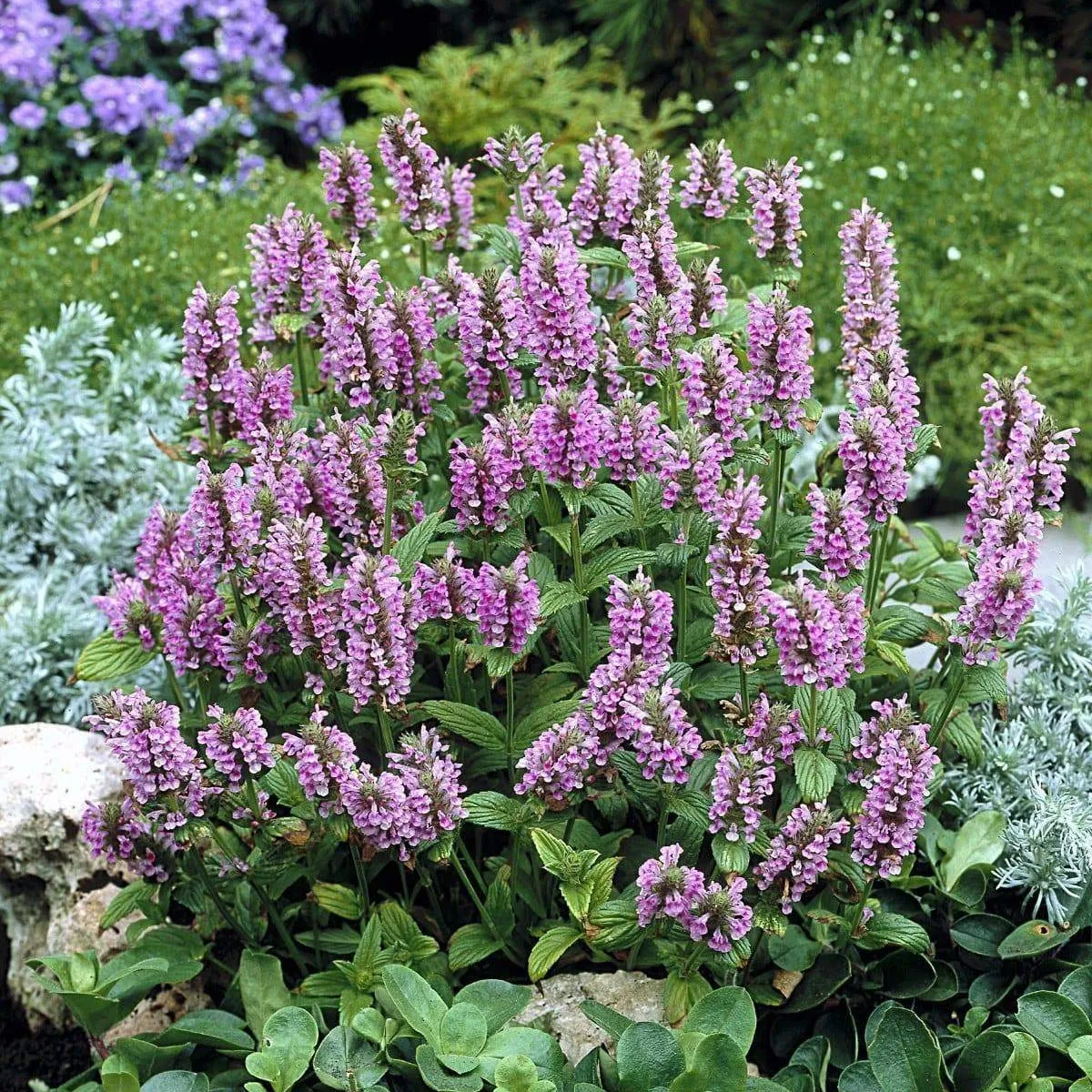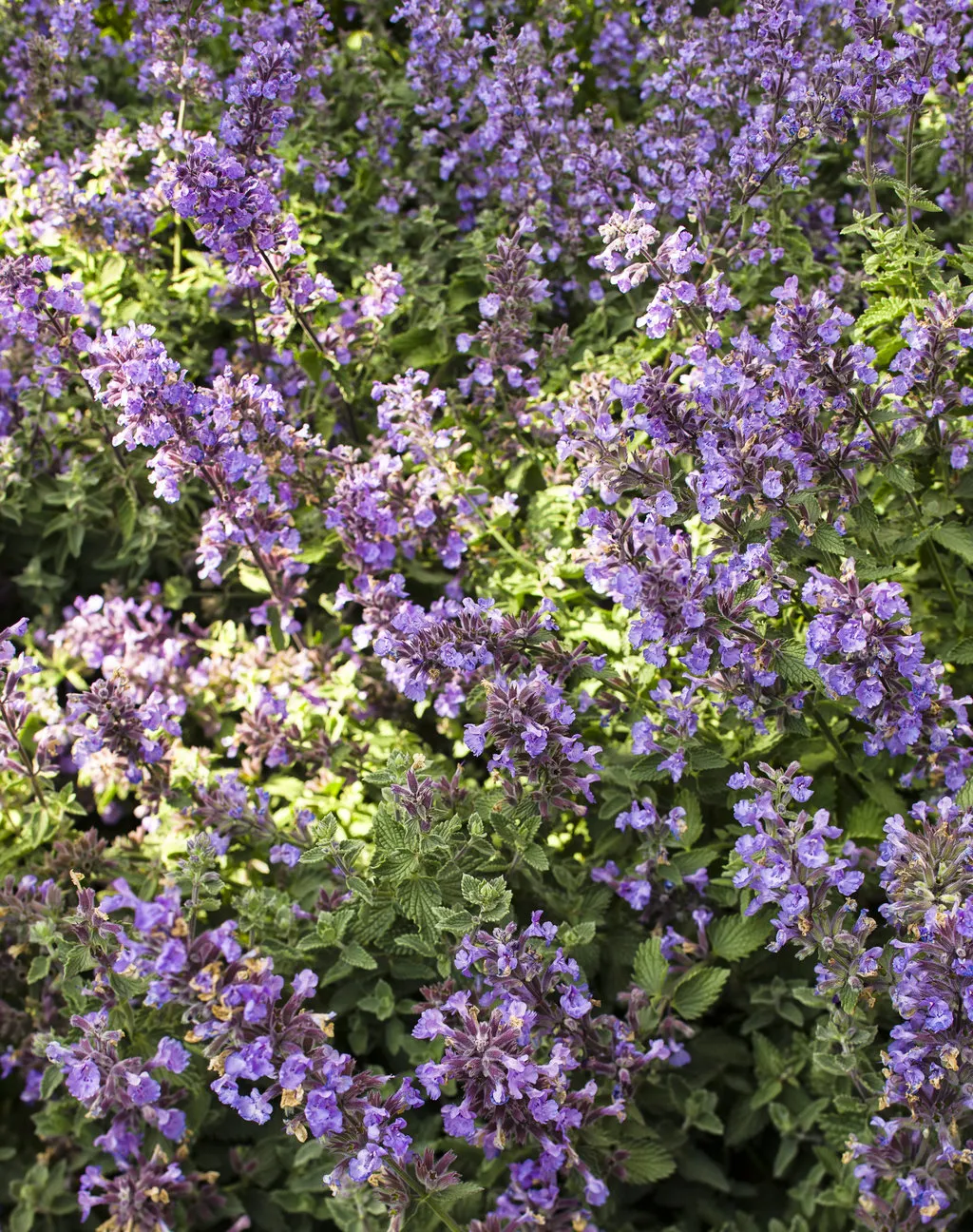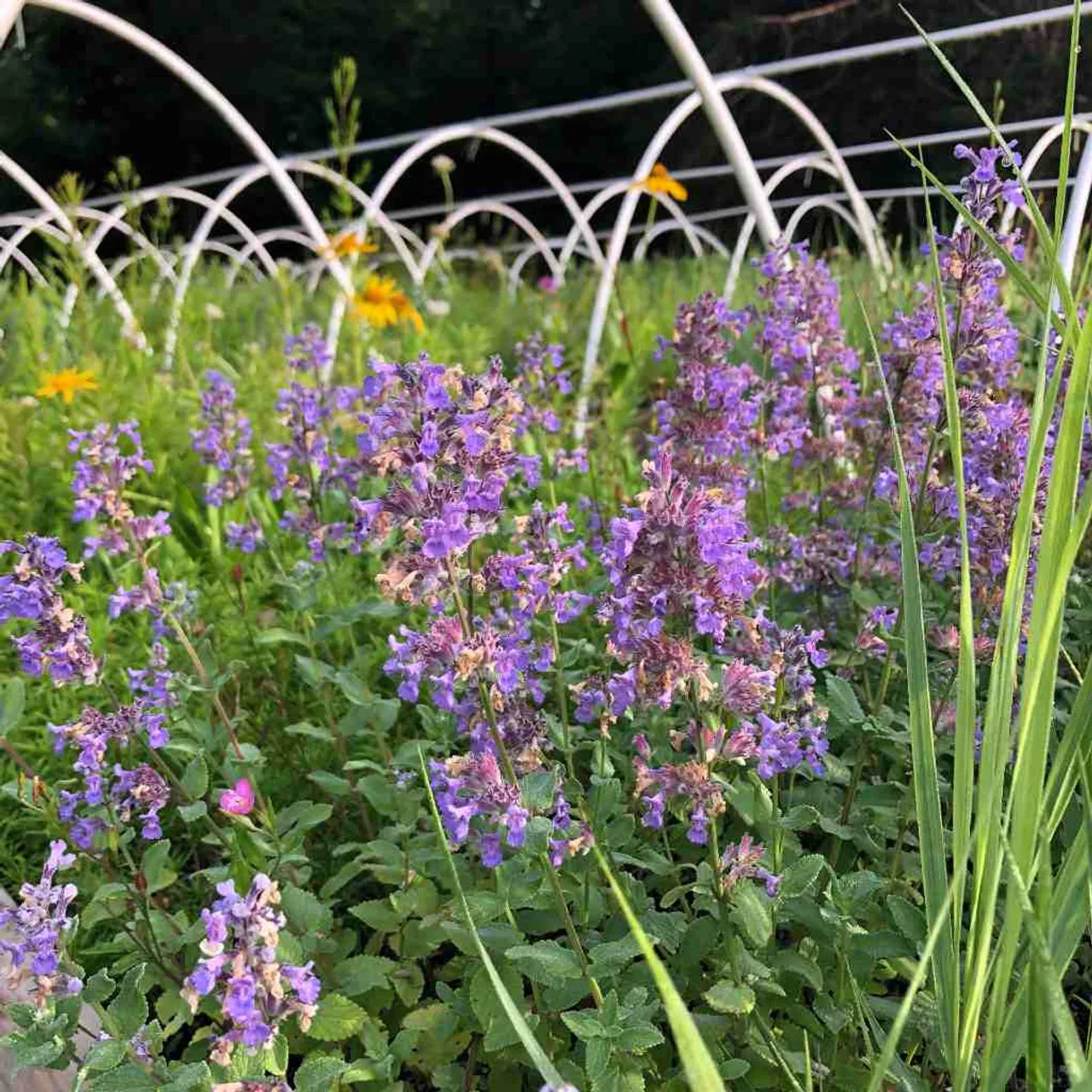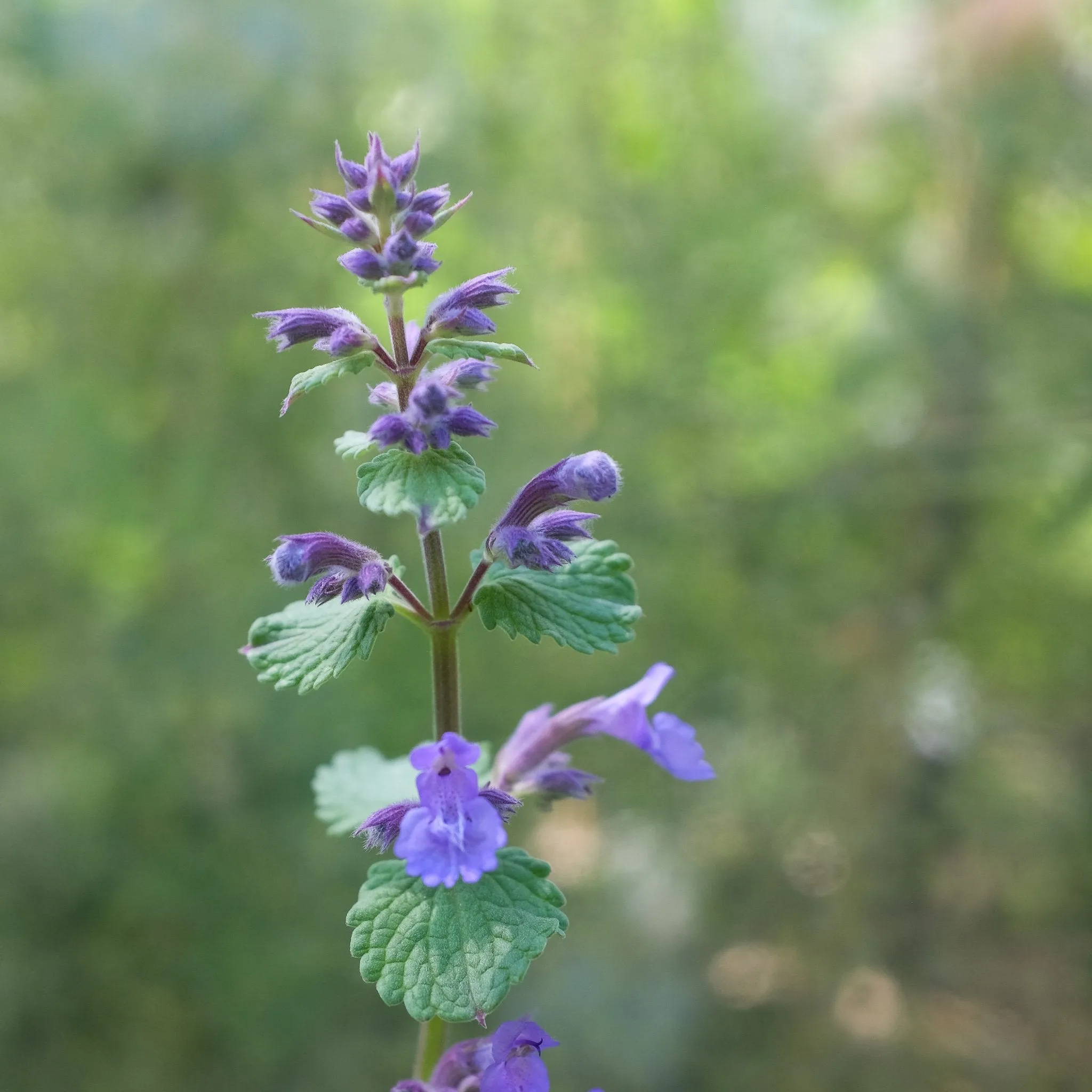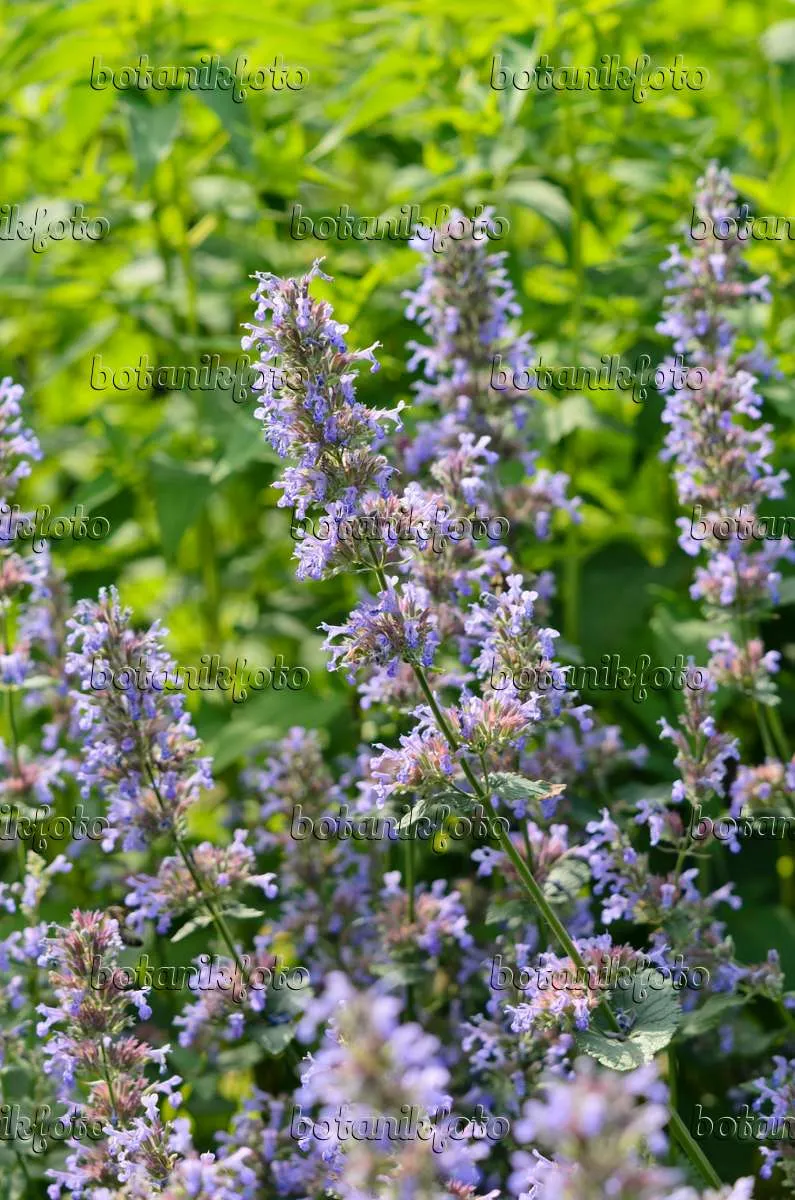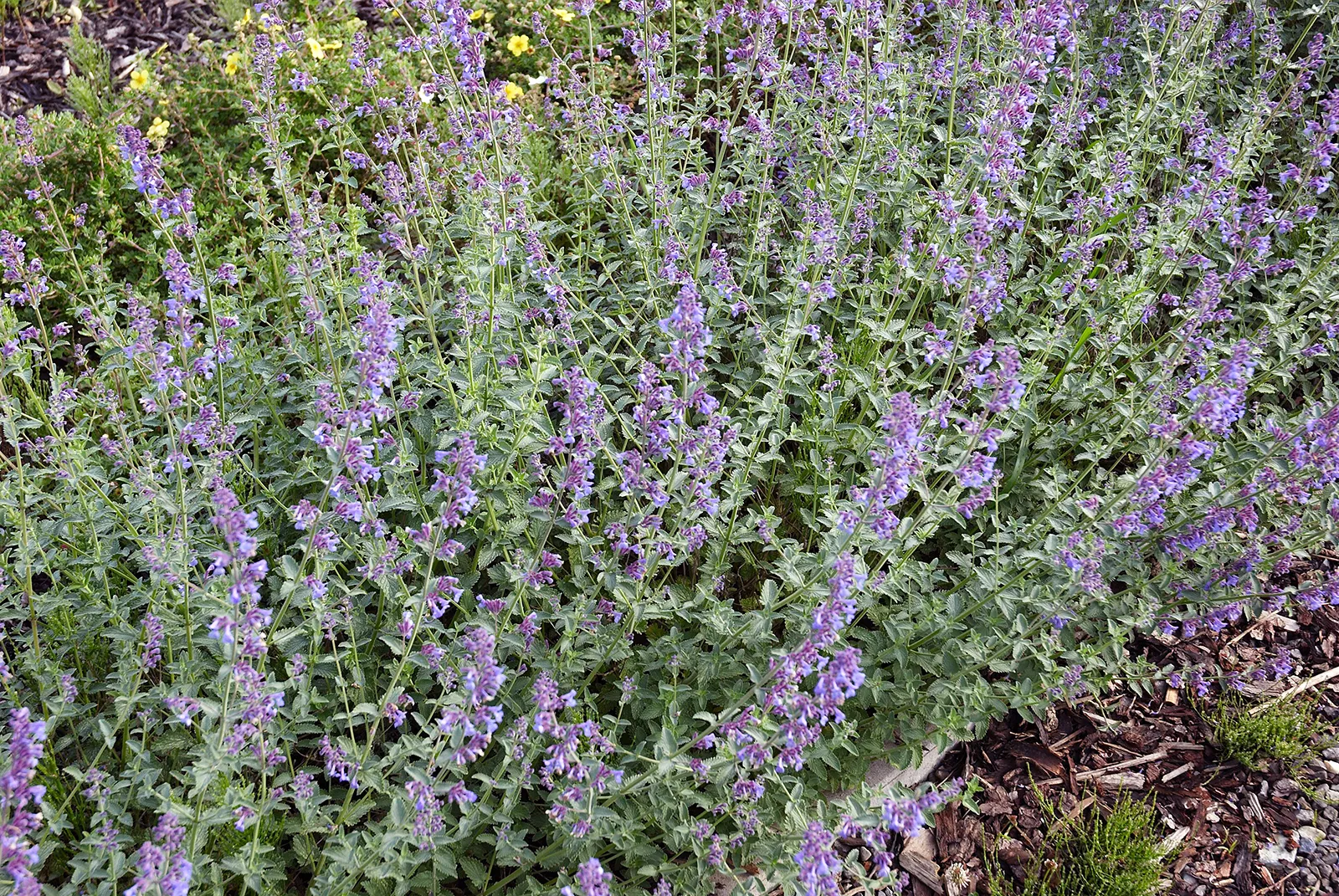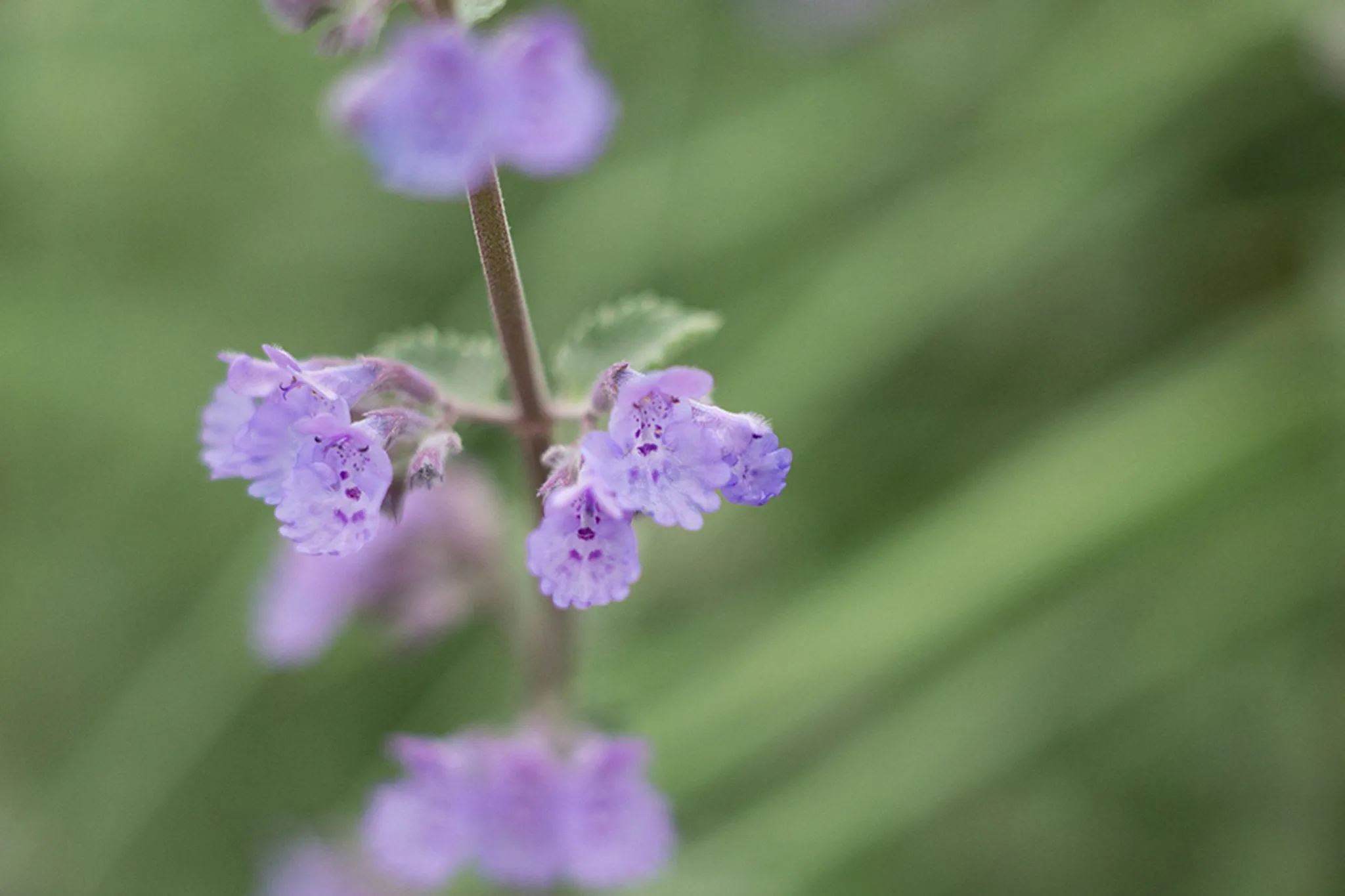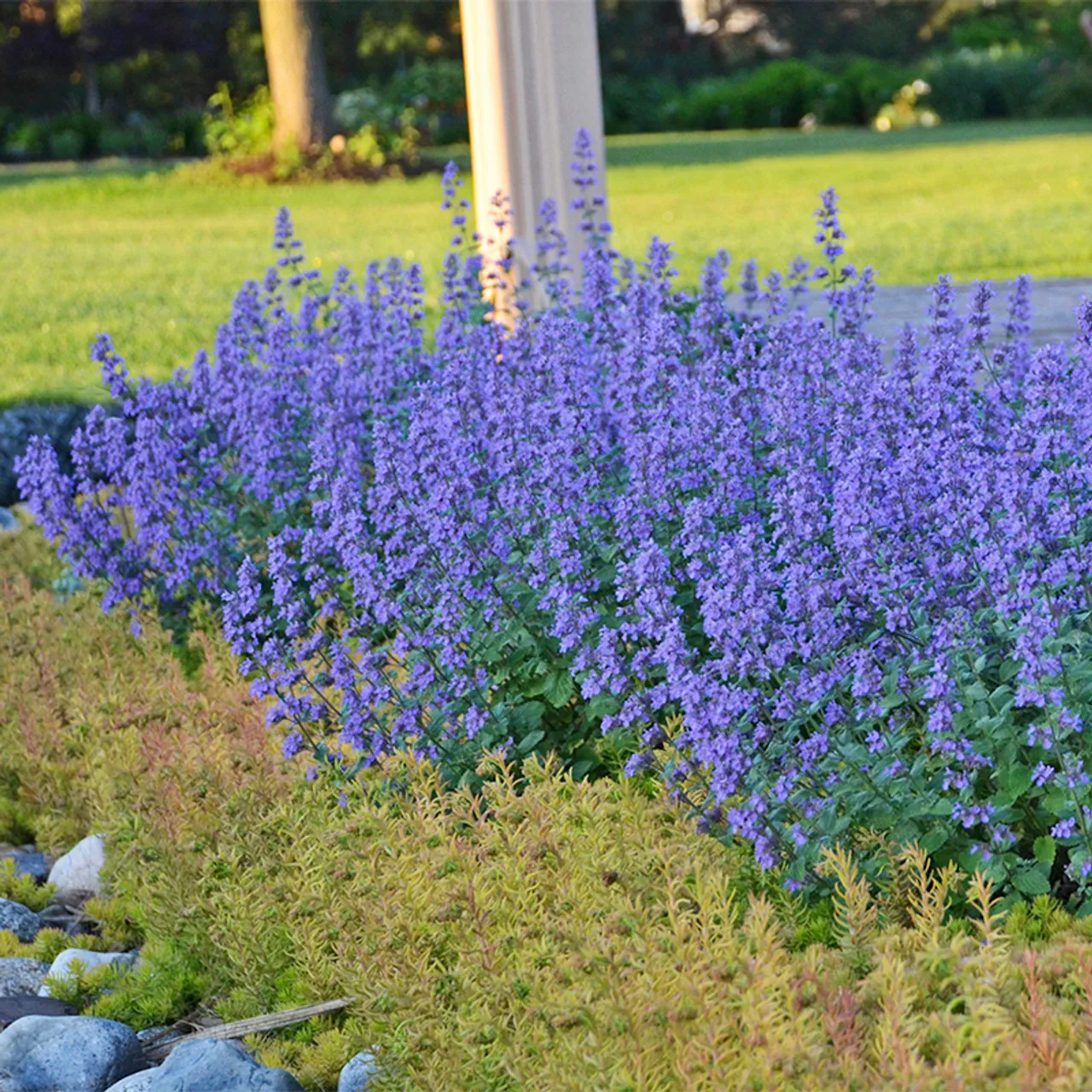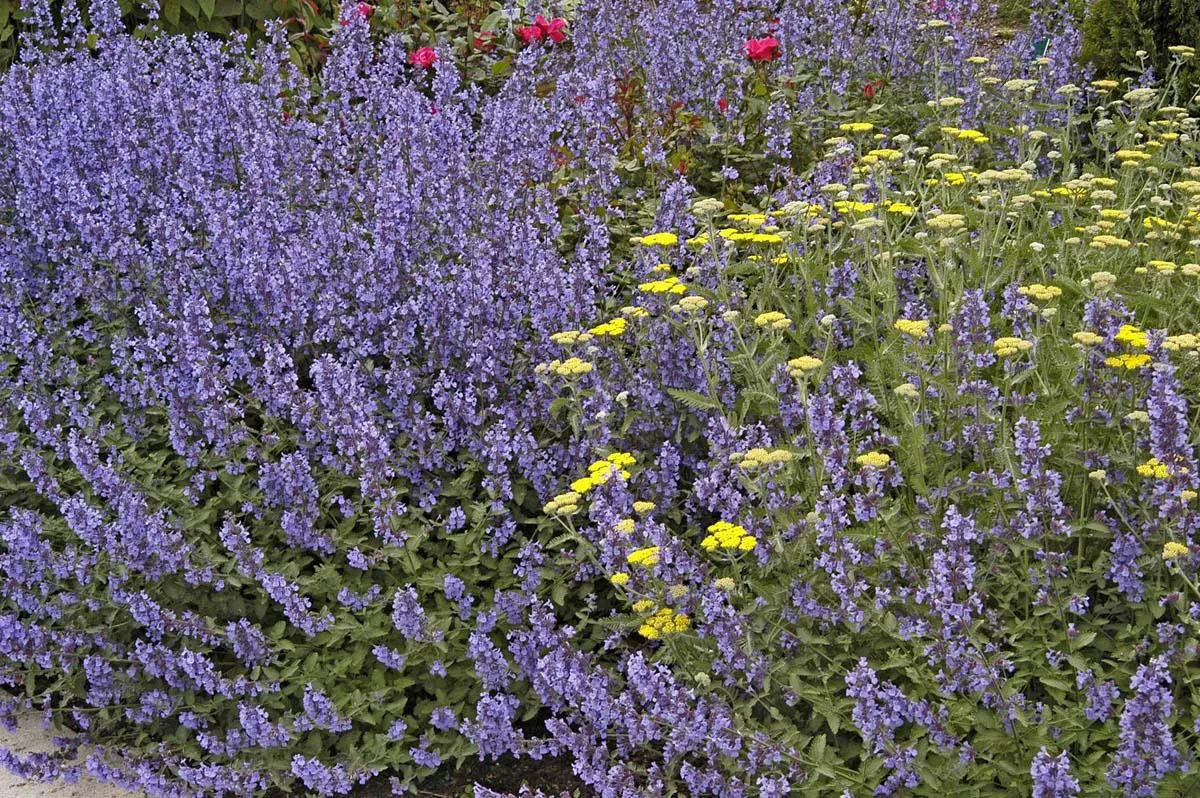Catmint: An Overview
When it comes to growing flowers in your garden, catmint is a popular choice among gardeners. This plant is known for its attractive blue and purple blooms, as well as its ability to attract bees and butterflies. In this article, we will take a closer look at catmint, its history, uses, and how to grow it in your garden.
A Brief History
Catmint, also known as Nepeta, is a member of the mint family and is native to Europe, Asia, and Africa. It has been used for centuries for its medicinal properties and was also used as a flavoring agent in food and beverages. In the 19th century, catmint was introduced to North America and quickly became popular among gardeners due to its attractive blooms and ability to attract pollinators.
Uses of Catmint
Catmint has a variety of uses, including: - Attracting pollinators: Catmint is a great plant to attract bees, butterflies, and other pollinators to your garden. The plant produces nectar-rich flowers that are irresistible to these insects. - Medicinal properties: Catmint has been used for centuries for its medicinal properties. It is said to have calming effects and is often used to treat anxiety and insomnia. It is also believed to have anti-inflammatory properties and can be used to treat headaches, fever, and menstrual cramps. - Ornamental purposes: Catmint is a popular choice among gardeners due to its attractive blue and purple blooms. The plant is often used in borders, rock gardens, and as a ground cover.
How to Grow Catmint
If you are looking to grow catmint in your garden, here are some tips to get you started:
Planting
- Choose a sunny spot: Catmint prefers a sunny spot in your garden, although it can also tolerate some shade.
- Soil: Catmint prefers well-draining soil that is rich in organic matter. If your soil is heavy, consider adding some sand or perlite to improve drainage.
- Planting: Plant catmint in the spring after the last frost. Dig a hole that is slightly larger than the root ball and plant the catmint so that the crown of the plant is level with the soil surface.
Care
- Watering: Catmint is drought-tolerant and only needs to be watered during prolonged periods of dry weather. Water deeply once a week during dry spells.
- Fertilizer: Catmint does not require a lot of fertilizer. A light application of balanced fertilizer in the spring is all that is needed.
- Pruning: Catmint should be pruned back by about one-third in the late spring or early summer. This will encourage bushy growth and more blooms.
- Pests and diseases: Catmint is relatively pest and disease-free. However, it can be susceptible to spider mites and aphids. If you notice these pests, use an insecticidal soap to control them.
Varieties of Catmint
There are several varieties of catmint available, each with its own unique characteristics. Here are a few popular varieties:
Nepeta x faassenii
This variety is one of the most popular types of catmint. It produces spikes of lavender-blue flowers that bloom from late spring to early fall. It grows to a height of about 18 inches and is drought-tolerant.
Nepeta racemosa
This variety produces spikes of lavender-blue flowers that bloom from early summer to early fall. It grows to a height of about 2 feet and is a great choice for borders and rock gardens.
Nepeta 'Walker's Low'
This variety produces spikes of blue-purple flowers that bloom from early summer to early fall. It grows to a height of about 2 feet and is a great choice for borders and rock gardens. It is also a great choice for attracting bees and butterflies.
Conclusion
Catmint is a great choice for gardeners who want an attractive and easy-to-grow plant that will attract pollinators to their garden. Whether you are looking for a plant with medicinal properties or simply want to add some color to your garden, catmint is a great choice. With the right care and attention, you can enjoy this beautiful plant in your garden for many years to come.
Frequently asked questions about Catmint wallpapers
Q: What is Catmint?
A: Catmint is a type of plant that belongs to the mint family. It is known for its beautiful blue-purple flowers and is commonly used in gardens and landscapes.
Q: What is the "Flowers" category on your website?
A: The "Flowers" category on our website includes pictures of various types of flowers, including Catmint.
Q: How many Catmint pictures do you have on your website?
A: We have 55 Catmint pictures on our website.
Q: Can I download Catmint pictures for free?
A: Yes, you can download Catmint pictures for free.
Q: What file types are available for download?
A: You can download Catmint pictures in .jpg, .png, and .webp file types.
Q: Can I choose the size of the Catmint pictures I want to download?
A: Yes, you can choose the width and height of the Catmint pictures you want to download.
Q: Does your website automatically detect the visitor's mobile screen size?
A: Yes, our website automatically detects the visitor's mobile screen size and chooses the appropriate size for the Catmint pictures.
Q: How do I download Catmint pictures from your website?
A: To download Catmint pictures from our website, simply select the picture you want to download, choose the file type and size, and click the download button.
Q: Can I use Catmint pictures for commercial purposes?
A: Our Catmint pictures are free to download for personal and commercial use. However, we do not provide any guarantees or warranties for their use.
Q: Do I need to credit your website when using Catmint pictures?
A: While it is not required, we appreciate it if you credit our website when using our Catmint pictures.


